Mt Lemmon October Wrap-up: Warblers, Woodpeckers, Vireos, and a Brown Creeper comes out of hiding.11/1/2020 Wilson's Warbler, male, Carter Canyon September 24, 2020 Before we get to the rest of the photos, let's have a frank discussion about warblers. Ready? What are they? Well, the name warbler is used internationally to describe several different, unrelated families of birds. Okay, that's clear. Oh, and some of them (like the Painted Redstart) don't have warbler in their name. Even clearer. The good news is that these warblers are divided into three broad categories by continent. So, for North and South America (and associated islands) we have the New World Warblers. This is a group of just over 100 species in the family Parulidae (and the lonely Olive Warbler now in the family Peucedramidae. Crystal clear and straight forward - right). Fortunately for anyone living in the Americas, these birds are small, colorful, fun to watch but terribly frustrating to identify. The second category is Old World Warblers, over 400 species of plain and drab songbirds living in Africa, Asia and Europe. So if you live in cold and rainy England, you get to see drab warblers. Oh joy. The third group are the Australasian Warblers, over 60 species in the family Acathizidae. This includes the Weebill, Australia's smallest bird. If you take at trip down under, study up on these. Okay, since most of us live in North America (granted, I might have a few fans from another continent), let's focus in on a group known as Wood Warblers. Wood Warblers are a subset of the 100 plus New World warblers that live in North America. David Allen Sibley describes Wood Warblers as belonging to one of 54 species, 53 in the family Parulidae, and that one lonely Olive Warbler in the family Peucedramidae. So far so good. One step further, if we limit ourselves to SE Arizona, there are by my count 33 Wood Warblers in Richard Taylor's guide Birds of Southeastern Arizona. This number is not fixed since warblers are migratory, and may stray off their recognized migratory paths. And, the Arizona Sonora Desert Museum identifies 6 Wood Warblers as representative of Sonoran Desert species: Orange-crowned Warbler, Yellow-rumped Warbler (AKA butter butt), Wilson's Warbler (see my lead photo at the top of the post), Yellow Warbler, Yellow-breasted Chat (no "warbler" in that name) and Lucy's Warbler. So, in our travel restricted pandemic mode, we can settle down to watch between 30 to 40 species of Wood Warbler. Some are resident, but many are migratory, making their way into our lives on an intermittent basis. At least SOMEONE is traveling!. So, with that introduction, let's begin by looking at some of the many warblers that were hanging out on the mountain in October. Townsend's WarblerTownsend's Warblers winter in Mexico, Central America, and portions of SE Arizona, as well as the Pacific costal areas from Baja to Oregon. They breed in the Pacific Northwest and Canada. This is most likely a female, with a pale throat. I captured this image along Carter Canyon Road on September 24th. The males have black throats, and bolder contrast of the yellow and black head markings. This female is likely a migrant, although Cornell's range map does show a winter location in SE Arizona. I would not expect this bird to stay in the mountain in the winter; she needs insects for food, although the species will eat tree sap and other sugars if needed during the winter. It is fun to watch warblers forage for insects. They move rapidly in the understory and will from time to time pause on a branch and look in all directions for the next bite-full. Hermit WarblerHermit Warblers breed in the forests of the Pacific Northwest, and winter in southern Mexico and Central America. They pass through Arizona during their migration. Males have a black chin, females a yellow chin. This could be an immature, given the pale chin and dusky cheek. Hermit Warblers eat insects as well as sugar rich sap. Diet and food availability help determine habitat and migration patterns. Warblers (with some exceptions) eat insects, and "follow the food," going south during the winter. Wilson's WarblerThe male Wilson's Warbler is easy to identify with his bright yellow body and black cap. Females have an olive crown and occasionally a small black cap. They live throughout North America, breeding in the Pacific Northwest and further north through Canada into Alaska and all the way east to northern Maine and Nova Scotia. They winter in southern Louisiana and Mexico, and south into Central America. Range maps show their migration throughout the lower 48 states, including SE Arizona and Summerhaven. They eat larval insects, spiders, beetles, and caterpillars off leaves and twigs in the understory. They will also take to the air to catch flies, bees, mayflies, aphids and other insects. Here we see "Mr. Wilson" looking carefully for bugs on adjacent leaves. Black-throated Gray WarblerWe have seen the Black-throated Grey Warbler during the summer on the mountain, see my post of August 1, 2020. The Black-throated Grey Warbler lives west of the Rockies, breeding in SE Arizona and eastern New Mexico all the way up to the Pacific Northwest and Canada, wintering in southern Mexico. They forage for insects in the lower understory. The image above was captured as the bird foraged on the ground, just off of the lower section of Upper Goat Hill Road. Image below, a Black-throated Gray Warbler in a pine. That's it for warblers. Let's take a look at some of the woodpeckers active in October. Red-naped Sapsucker (and a local Acorn!)The Red-naped Sapsucker is a woodpecker who eats tree sap, fruit and insects. They breed in the rockies and west, wintering from Arizona south into Mexico. This bird is on the way south, but may winter in Tucson. Their varied diet gives them more options for their winter residence, in distinction to some warblers who can only eat insects. Woodpeckers use their tails to brace themselves on bark and branches, allowing them to use their bills as drilling devices. The images above and below show the tail, and how they deftly use it against a branch. In the image below we see our Red-naped Sapsucker to the right, but to the left is an Acorn Woodpecker, a local resident, keeping an eye on him. Image below, the Acorn moves closer. . . . . And and then moves to displace the intruder. This was just west of Sabino Canyon Parkway, near Retreat. "This tree isn't big enough for both of us!" The acorn continued to harass the sapsucker, who had likely strayed into the acorn's territory. Northern FlickerThe Red-shafted Northern Flicker is a large brown woodpecker with an extensive range throughout North America, living year round throughout the lower 48 states and Mexico, and breeding as well in Canada. The male has a red malar stripe, the female, shown here, does not. Flickers eat mainly insects, especially ants and beetles which they forage from the ground. They eat seeds and fruits as well, which helps explain their extensive year round range, even in cold climates. Their tongues can extend 2 inches, facilitating snaring of bugs. The female here was foraging on the ground just west of Sabino Canyon Parkway in the village. They peck into the ground as other woodpeckers peck at tree bark. She allowed me to get fairly close for these shots. Warbling VireoNext we have two Vireos. Vireos are small to medium sized songbirds found in North and South America and Southeast Asia. They are typically somewhat dull in appearance and greenish in color, the smaller species resembling wood warblers, except they have heavier bills. Here in the images above and below we see a Warbling Vireo ("warbles" but is not a warbler!). Warbling Vireos breed in much of the lower 48 states and Canada, wintering in southern Mexico and Central America. This bird is likely in migration south. They are plain birds with a "yellow wash" on their underparts, and a faint white stripe above the eye. Their bill is clearly chunkier that what we see in warblers. They eat insects, adding fruit to their diet during the winter Cassin's VireoHere we see a Cassin's Vireo, with white underparts washed with yellow, two white wingbars, and distinctive white "spectacles", white eye rings that connect over the bill, giving the appearances of eyeglasses. Cassin's Vireos live west of the Rockies to the Pacific Coast, breeding from coastal California into the Pacific Northwest and Canada, and wintering from SW Arizona into southern Mexico, staying close to the Pacific Coast. This bird is likely in migration. They eat mostly insects, occasionally fruit in winter, which likely explains their migratory pattern, wintering in southern climes that provide an insect diet. Brown CreeperBrown Creepers are small songbirds that live throughout North America and Canada, and as far south as Central America. They eat a variety of insects which they skillfully extract from the bulky bark of the biggest trees they can find. They start at the bottom and work their way up to the top, pulling insects and larvae out of crevices in the bark. They are mottled brown and white with a slender decurved bill, ideal for extracting insects. They are tough to spot given their coloration that blends in perfectly with the trees they feed on. Images above and below shows a creeper braced on the trunk with large feet and thin tail, looking for food. The markings and decurved bill are evident. Image below: Without moving his feet, this creeper looks like a yoga instructor, bending deep into a crevice in the bark. Voila! He comes up with an insect! When they reach the top of the tree, they fly down to the bottom of same tree or another and start all over again, methodically working their way to the top. That's it for October!
Stay tuned. Fall colors from Bear Wallow coming soon! Stay safe, stay well. Happy trails!
3 Comments
Wolf Schuh
12/17/2020 02:57:21 pm
Hello Henry,
Reply
12/18/2020 11:01:11 am
Wolf,
Reply
Wolf Schuh
12/18/2020 02:28:00 pm
Hello Henry, Leave a Reply. |
AuthorHenry Johnson, photographer and author of this site. For more detail, see About
Categories
All
Archives
July 2024
|
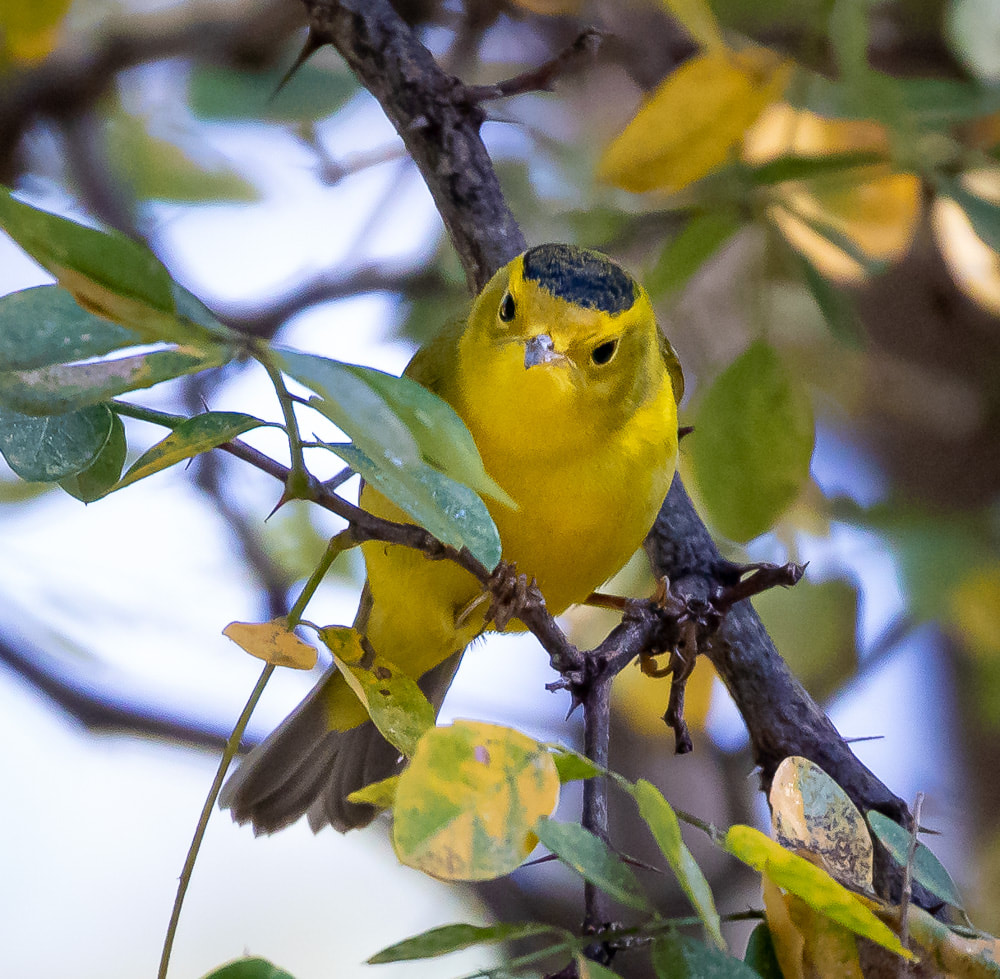
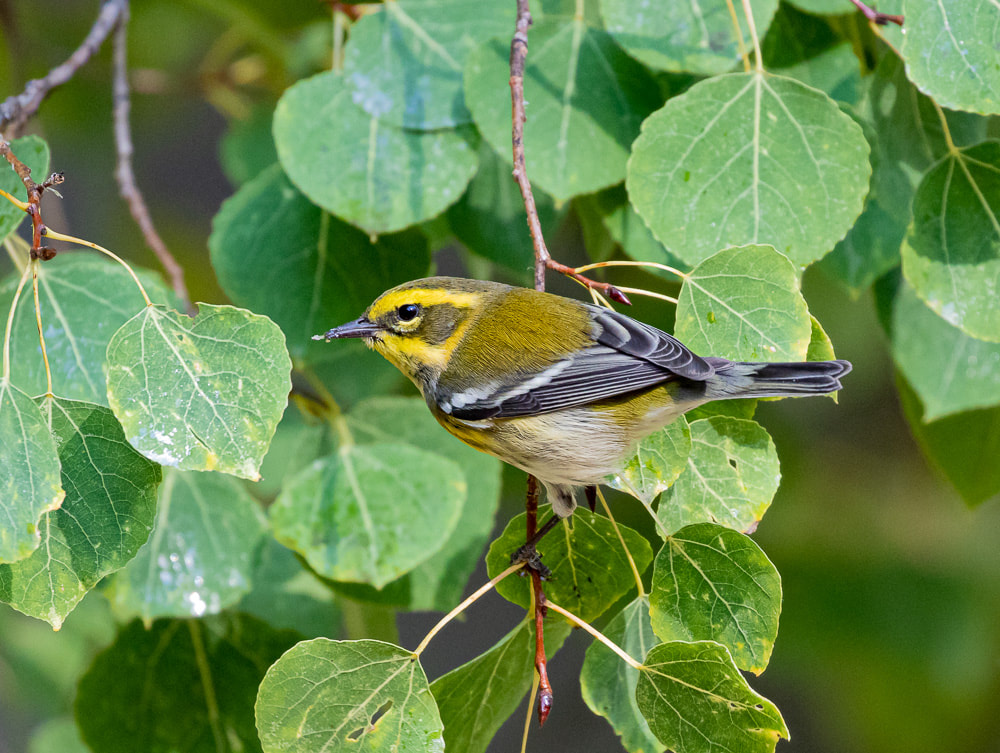
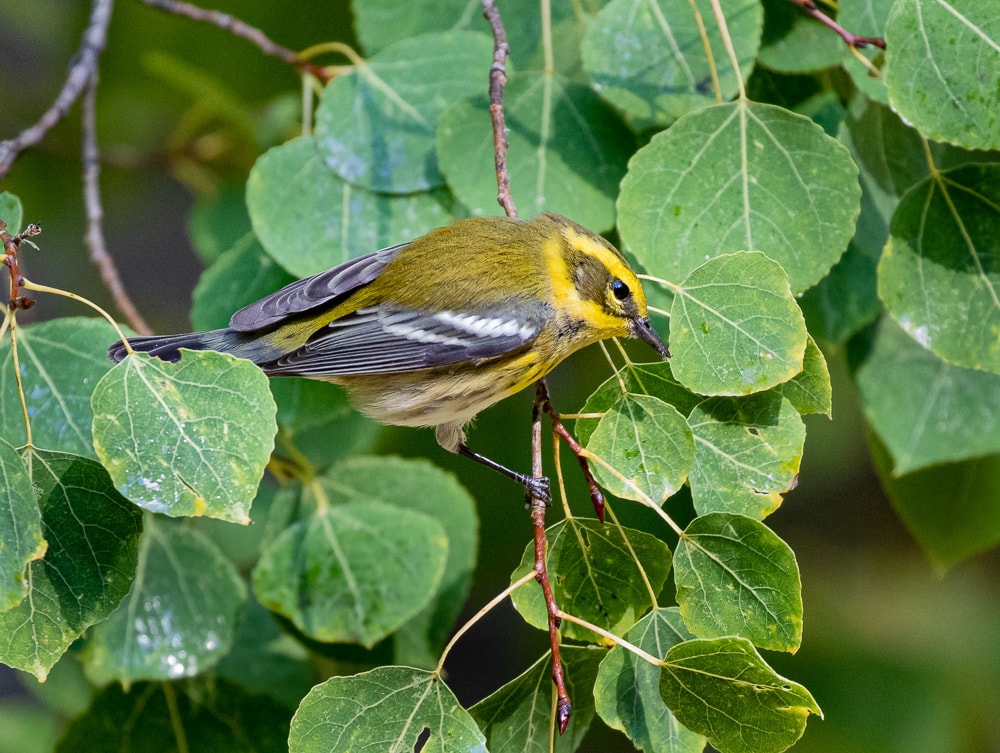
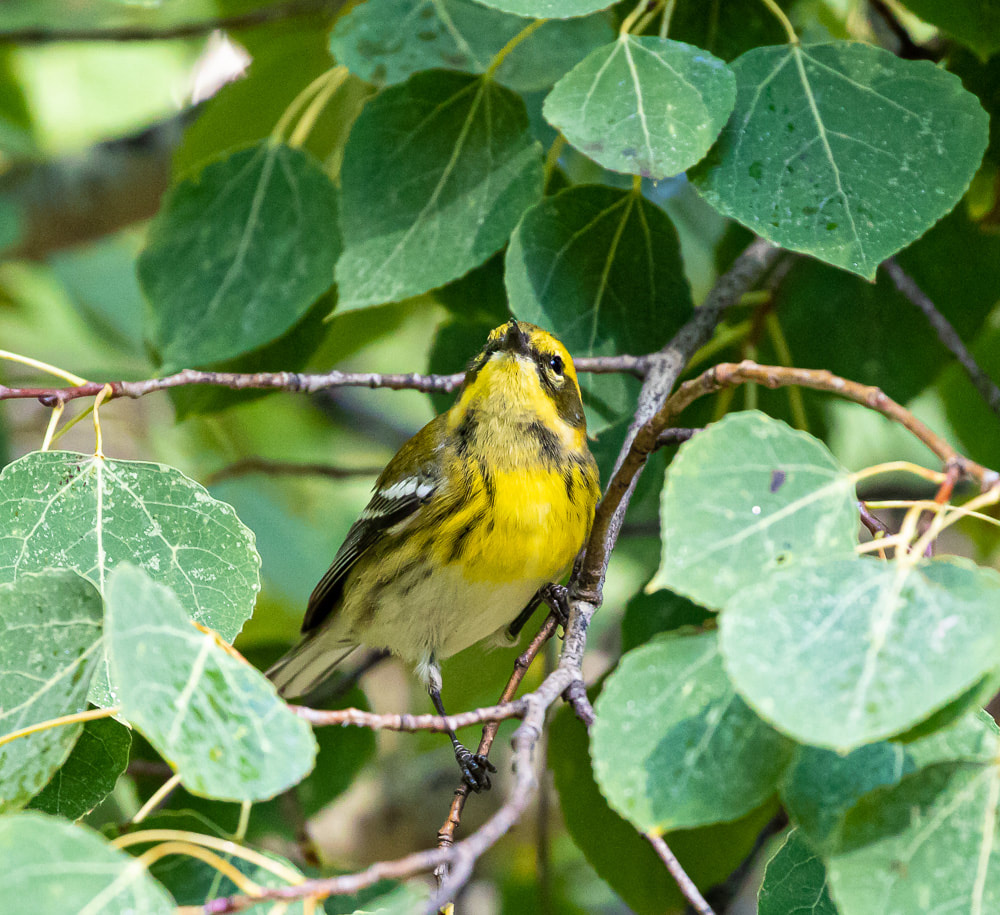
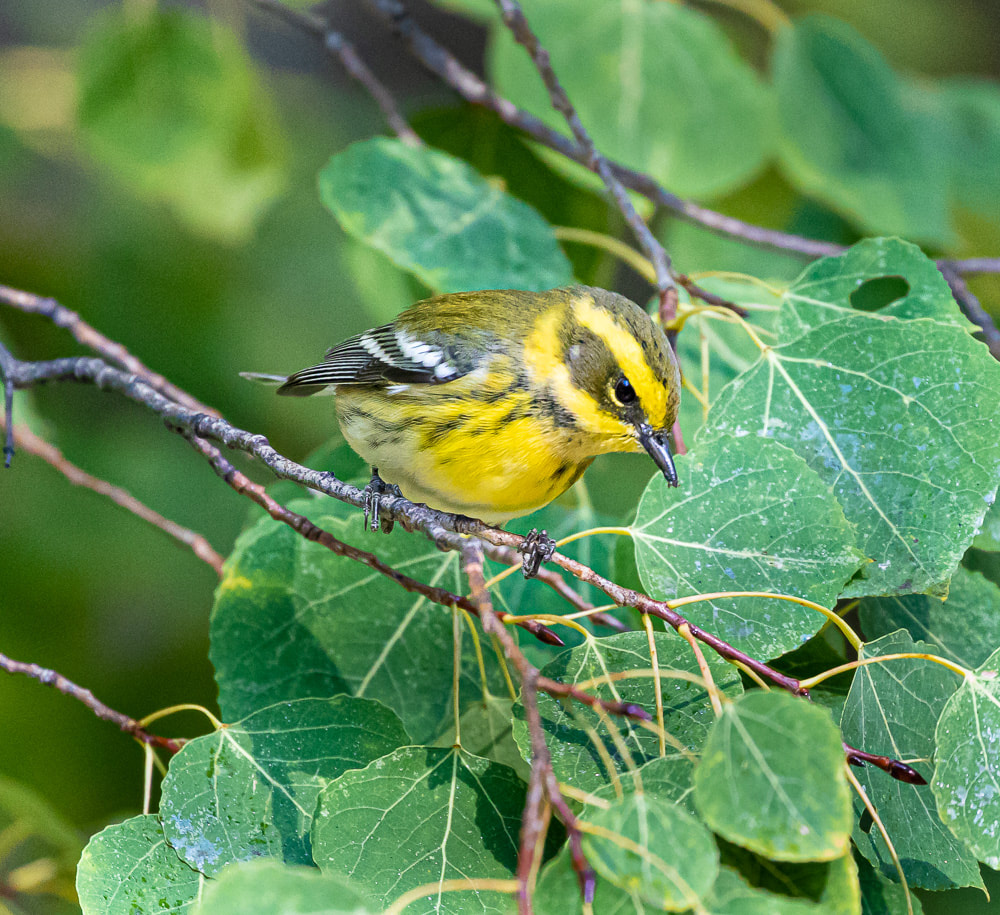
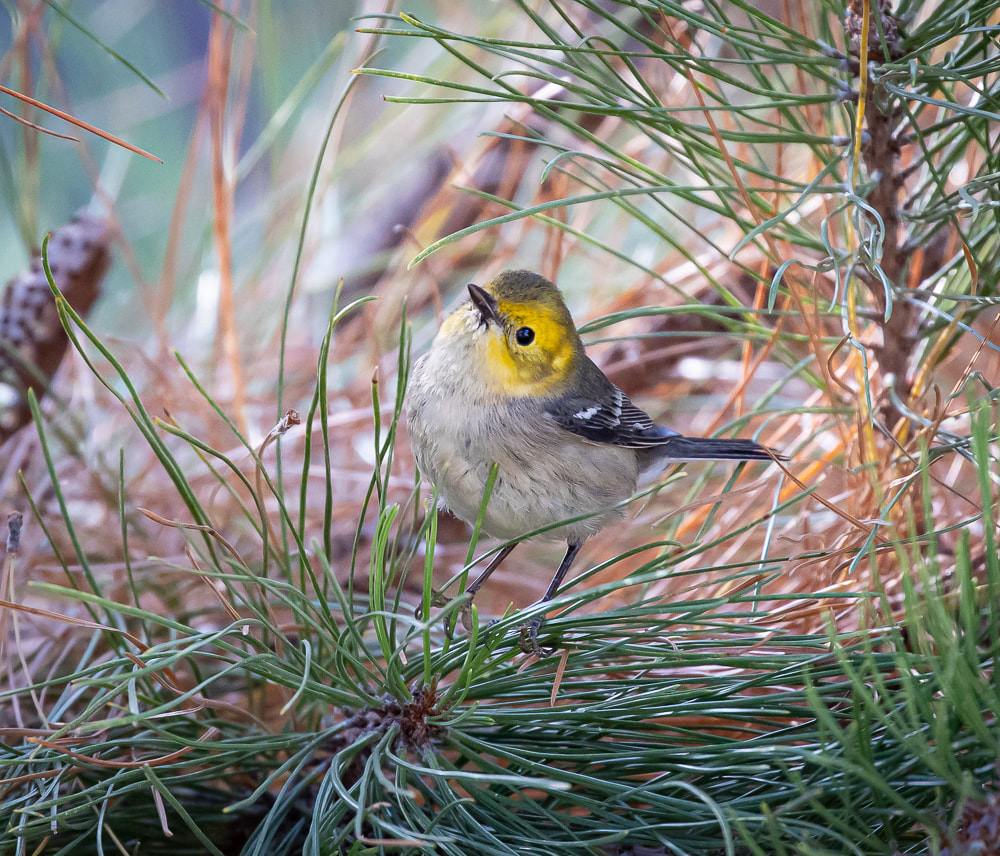
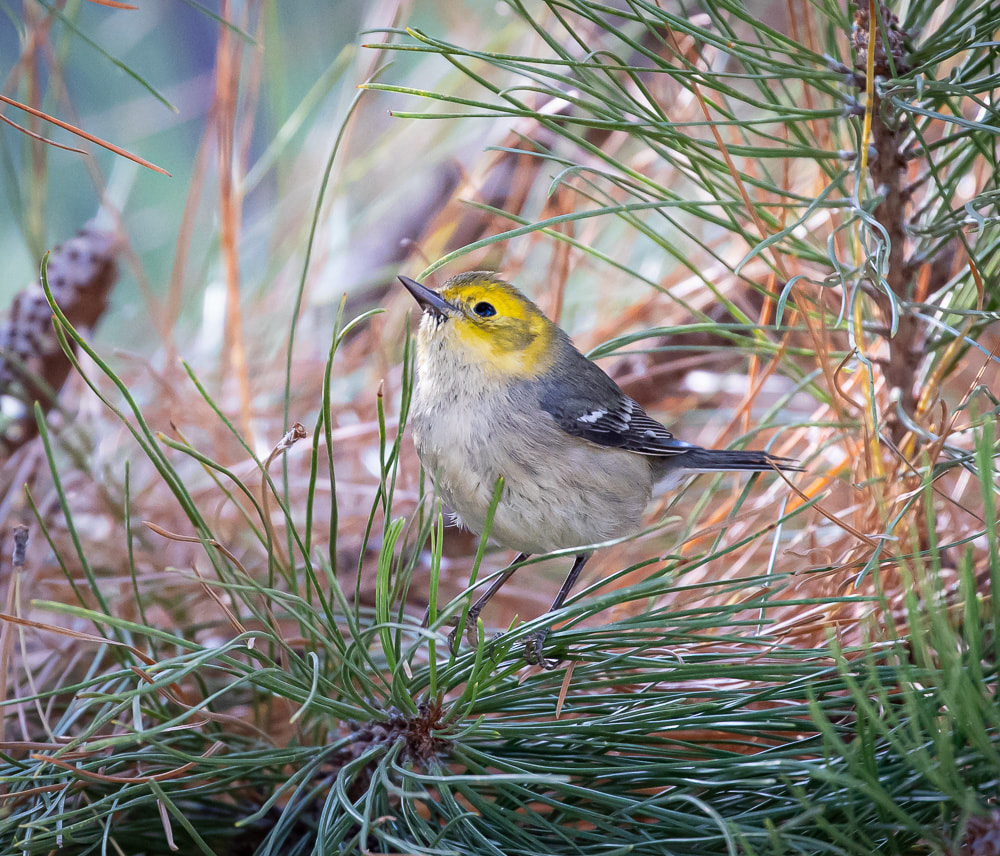
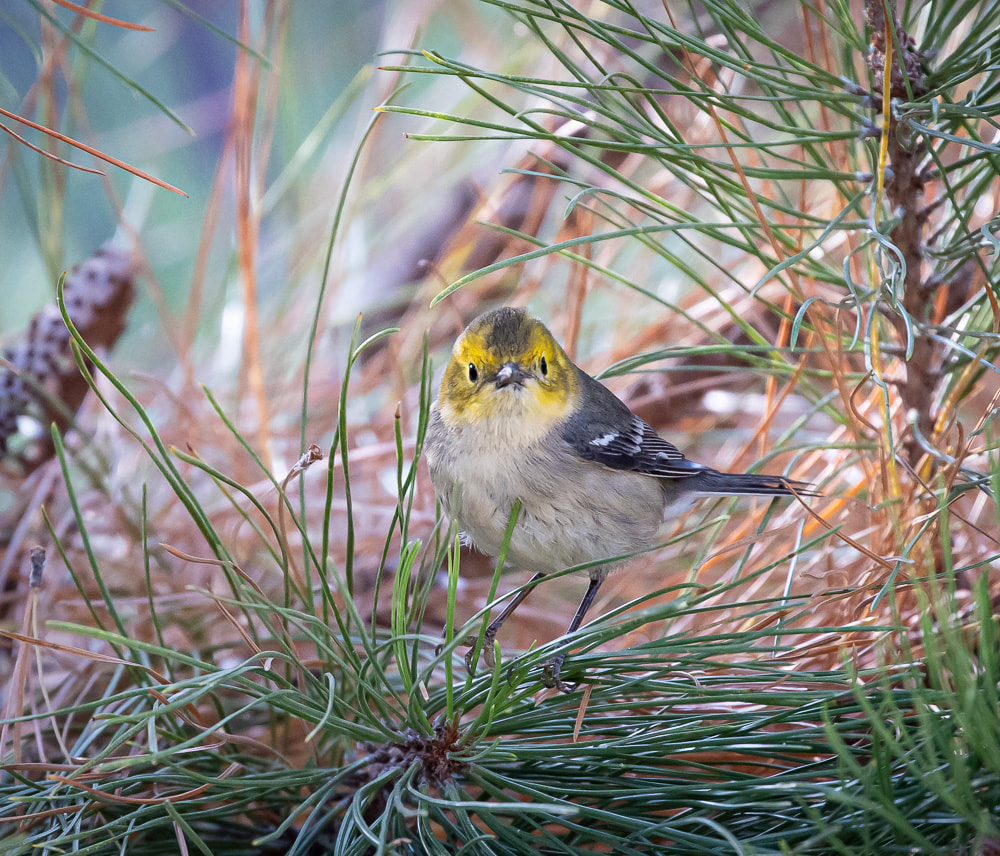
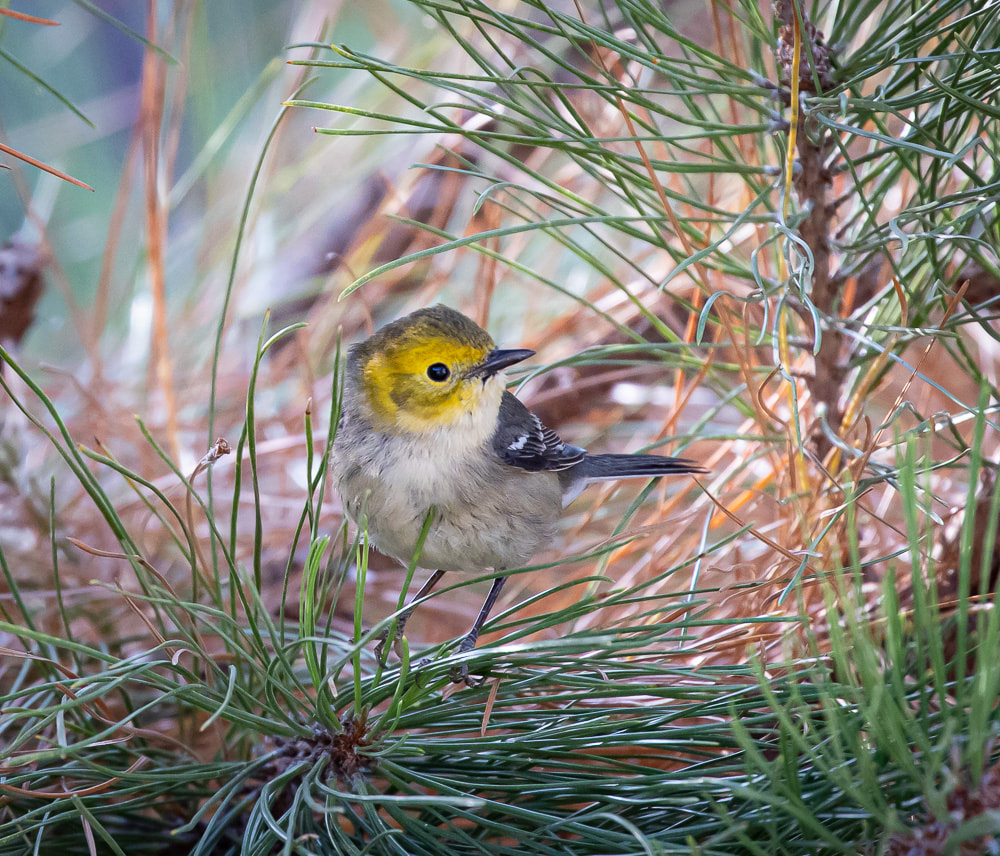
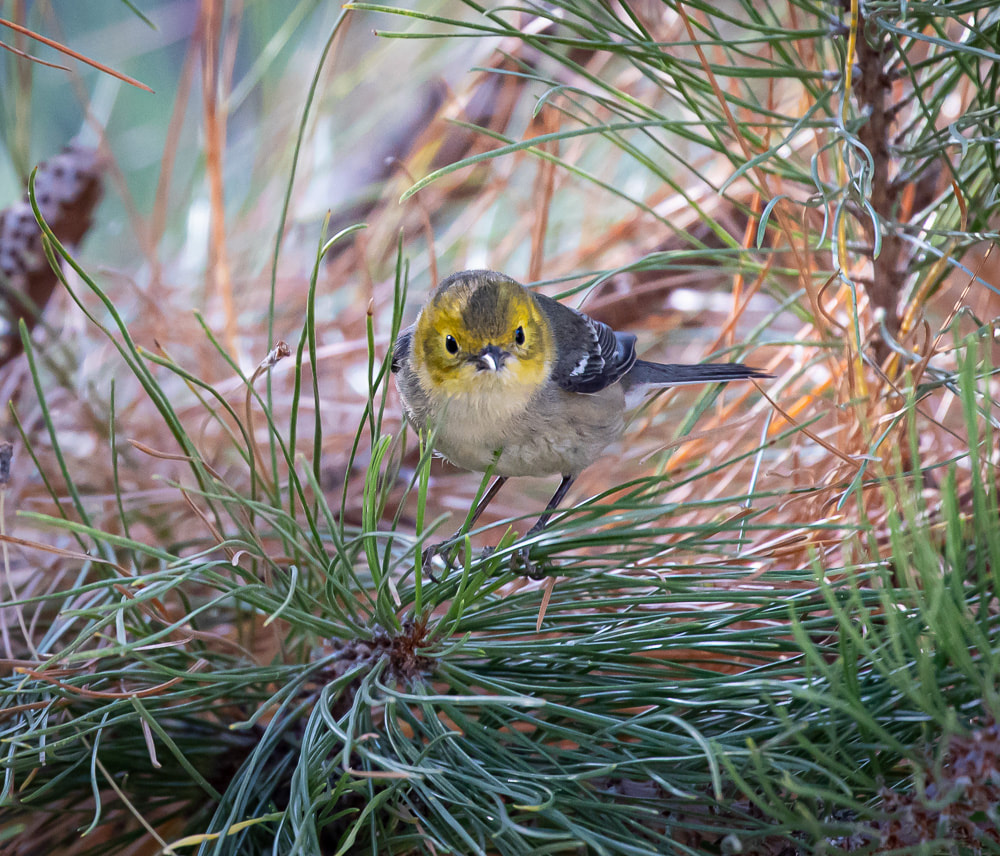
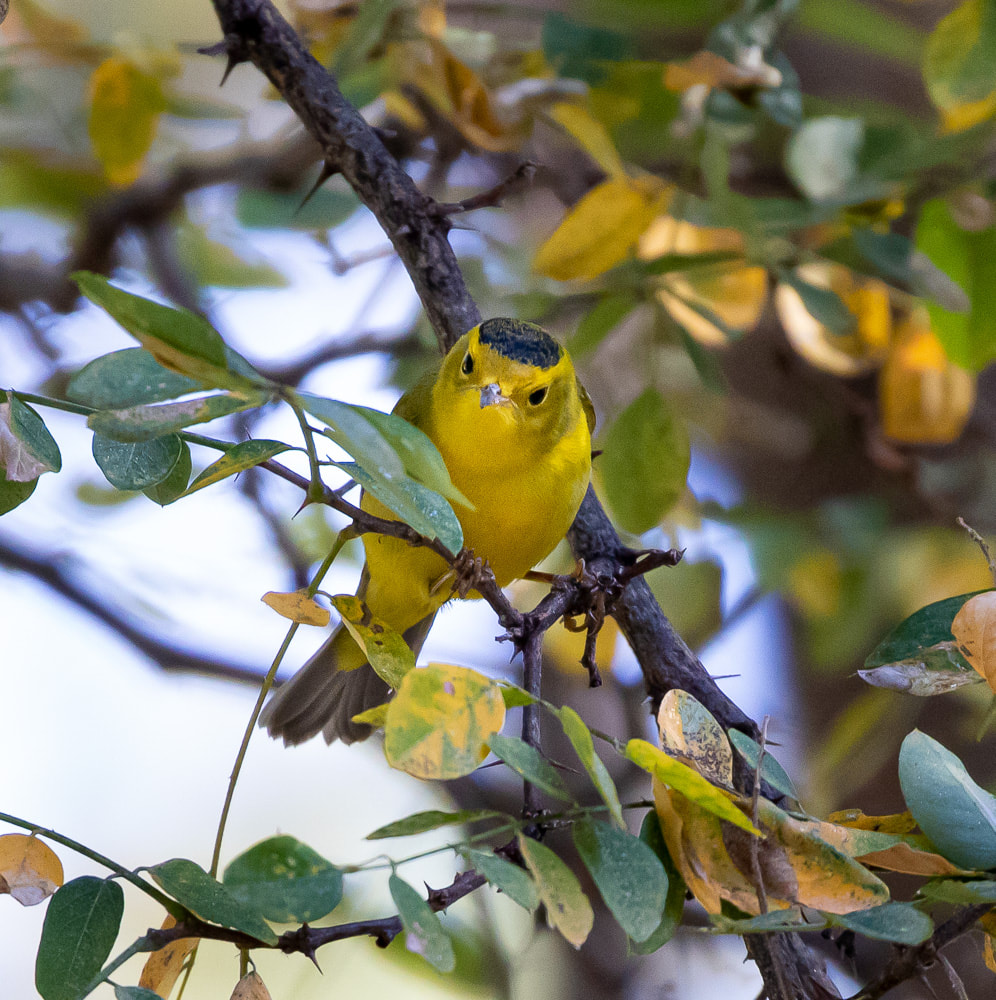
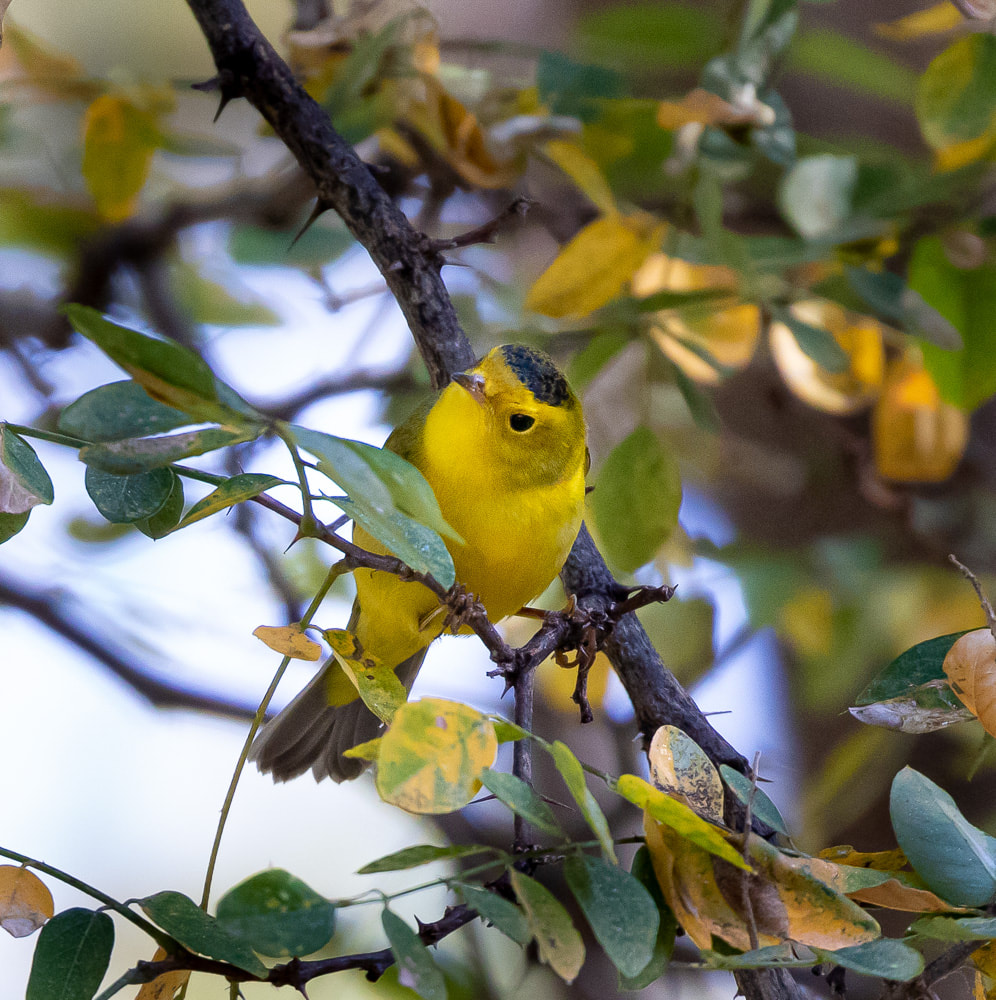
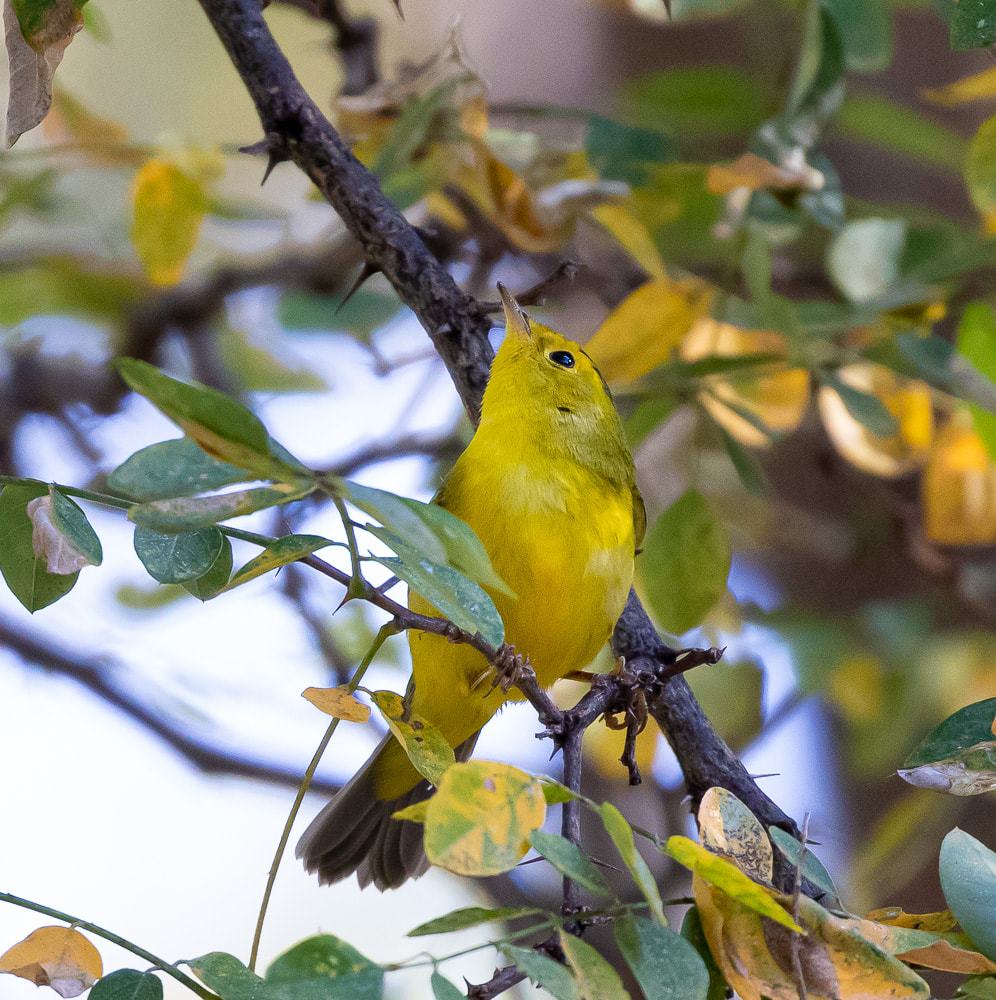
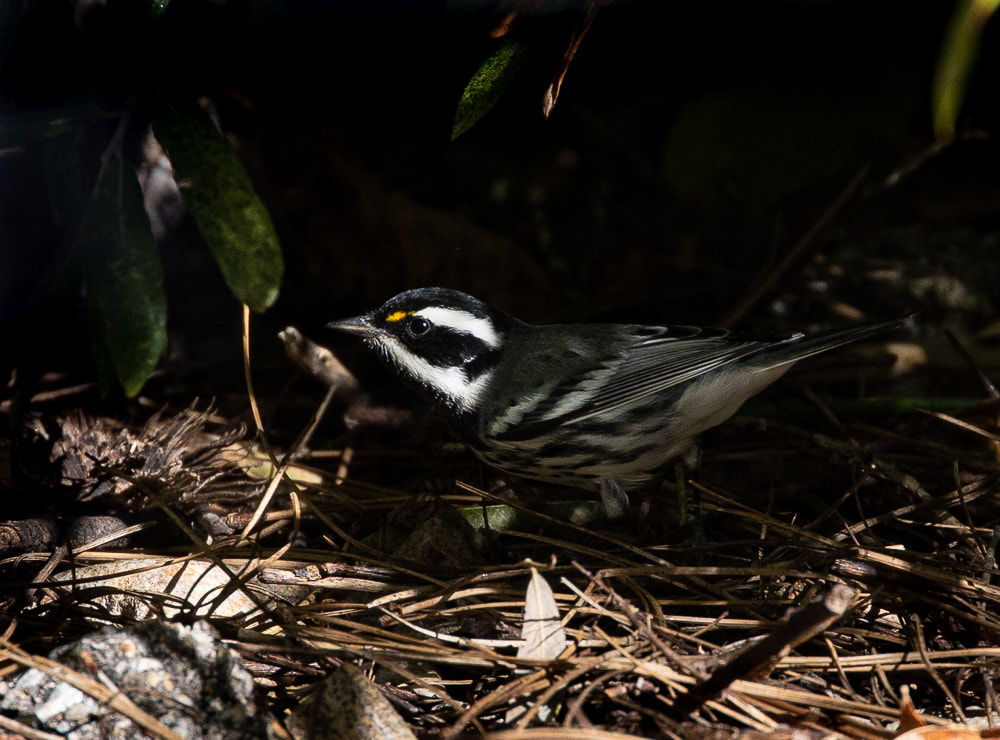
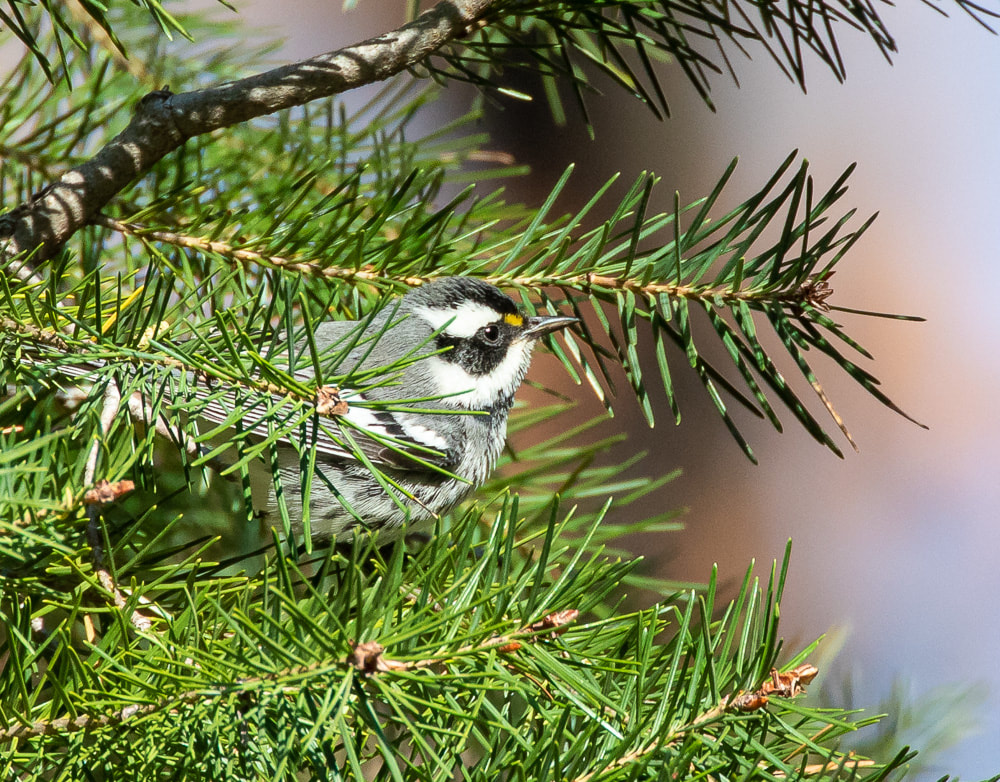
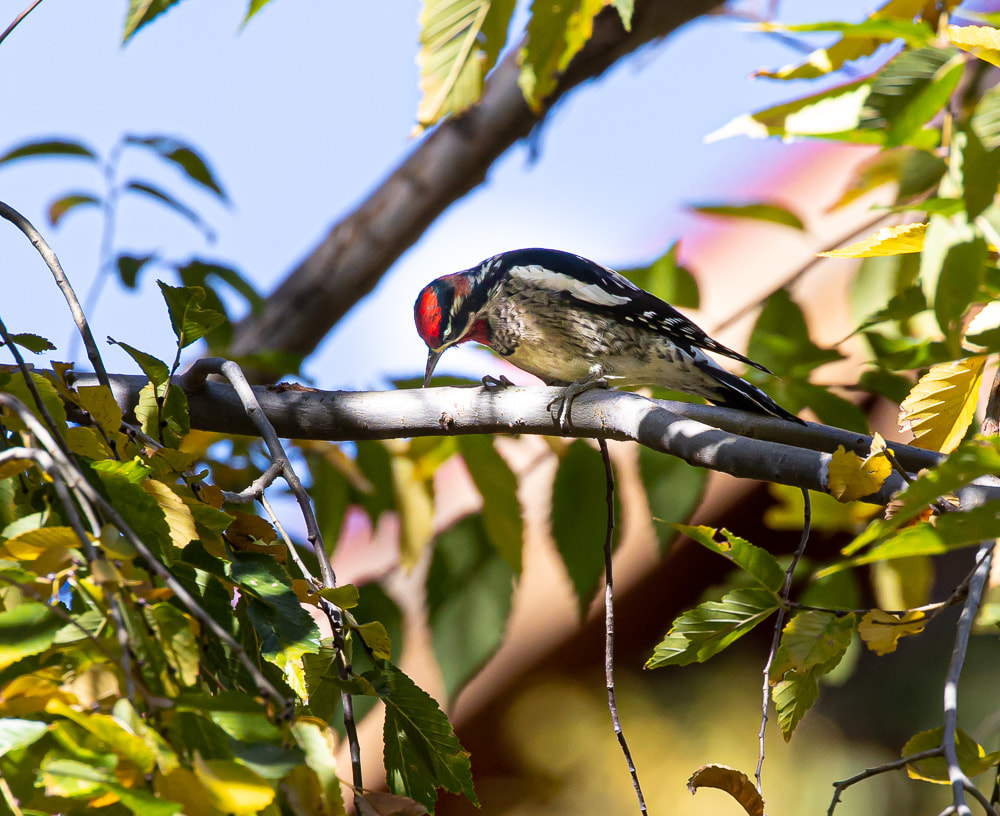
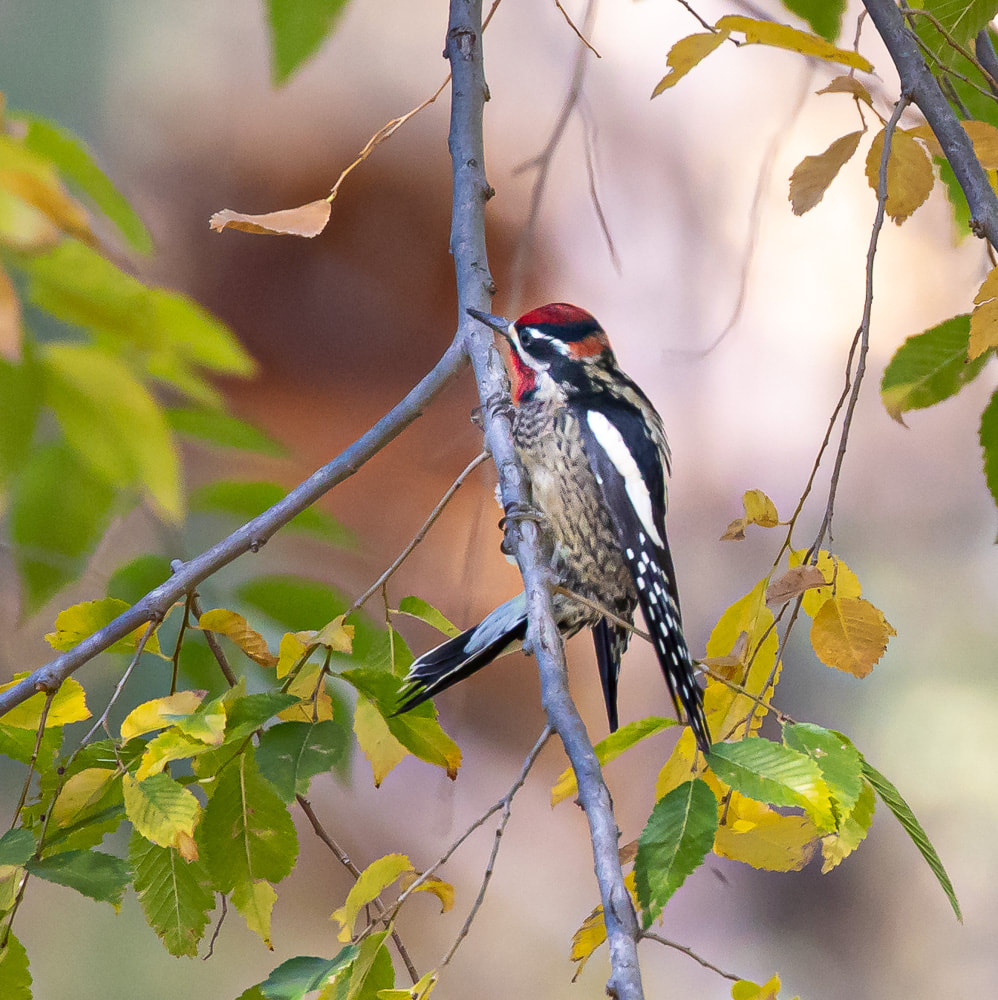
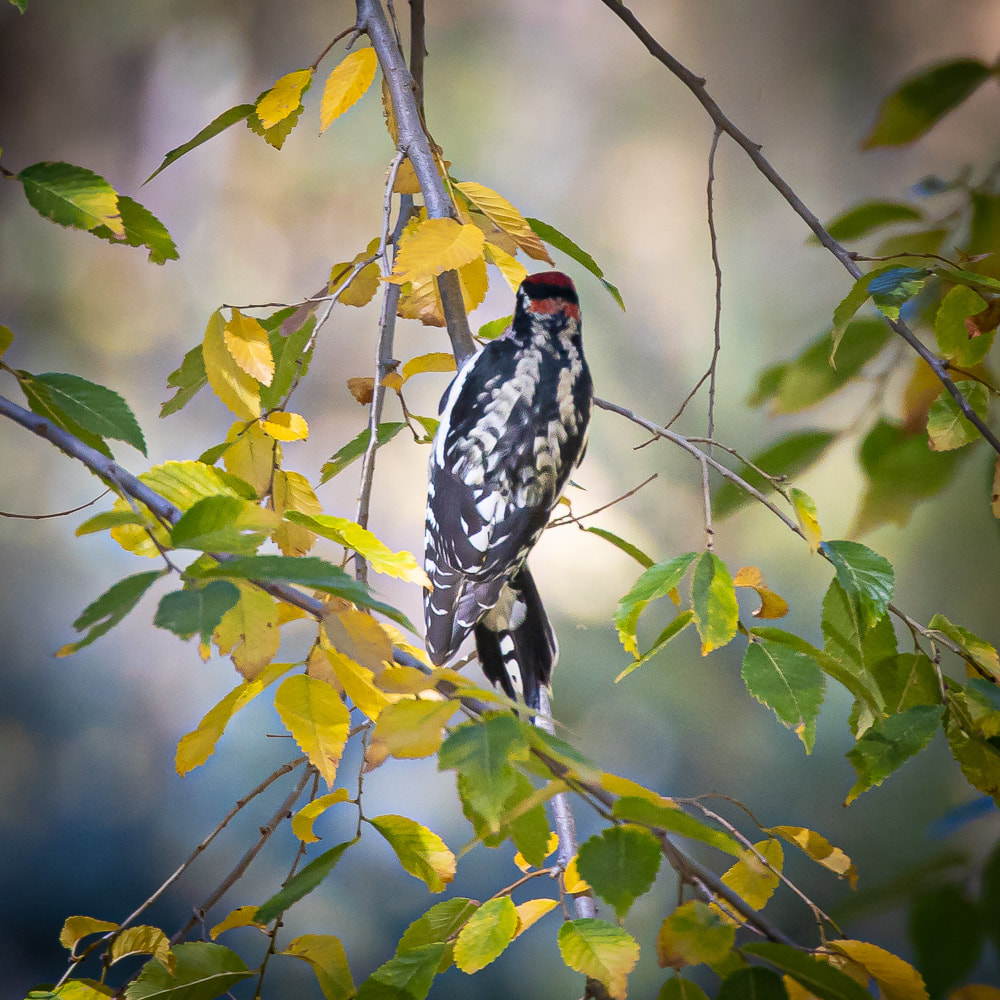
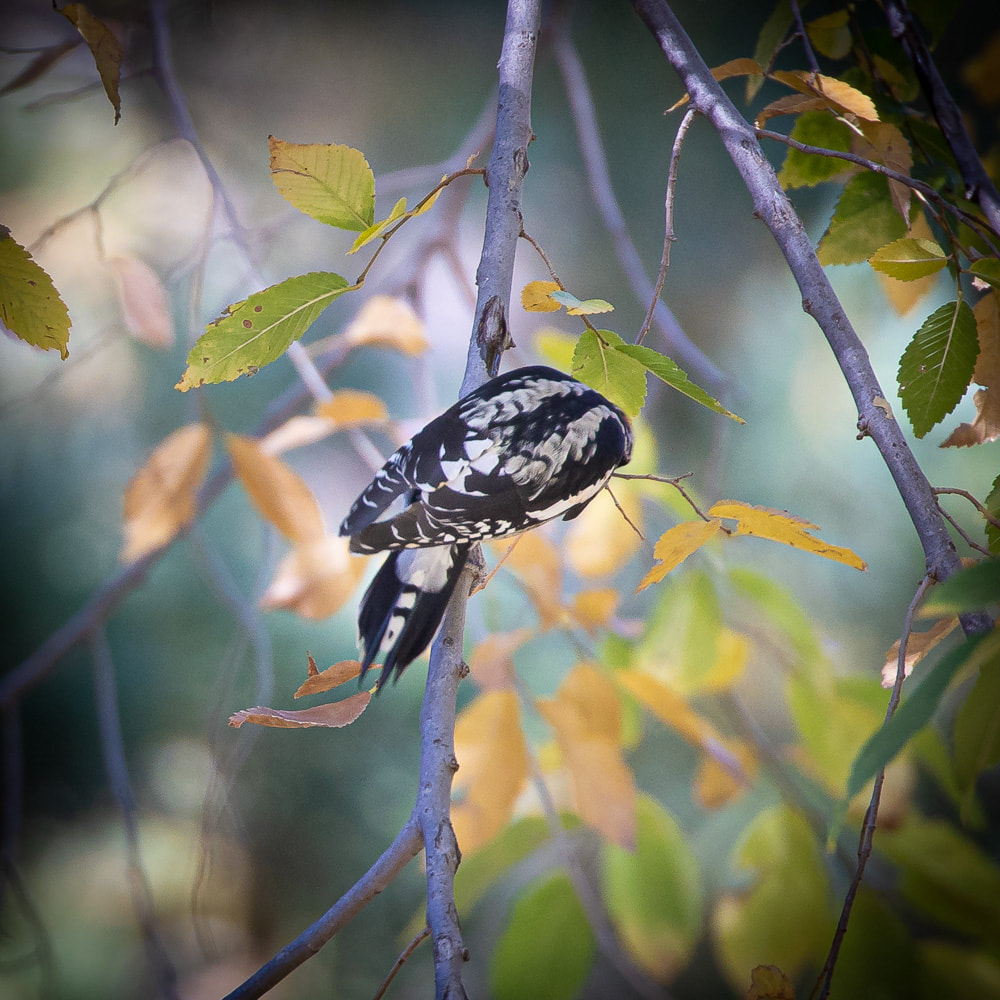
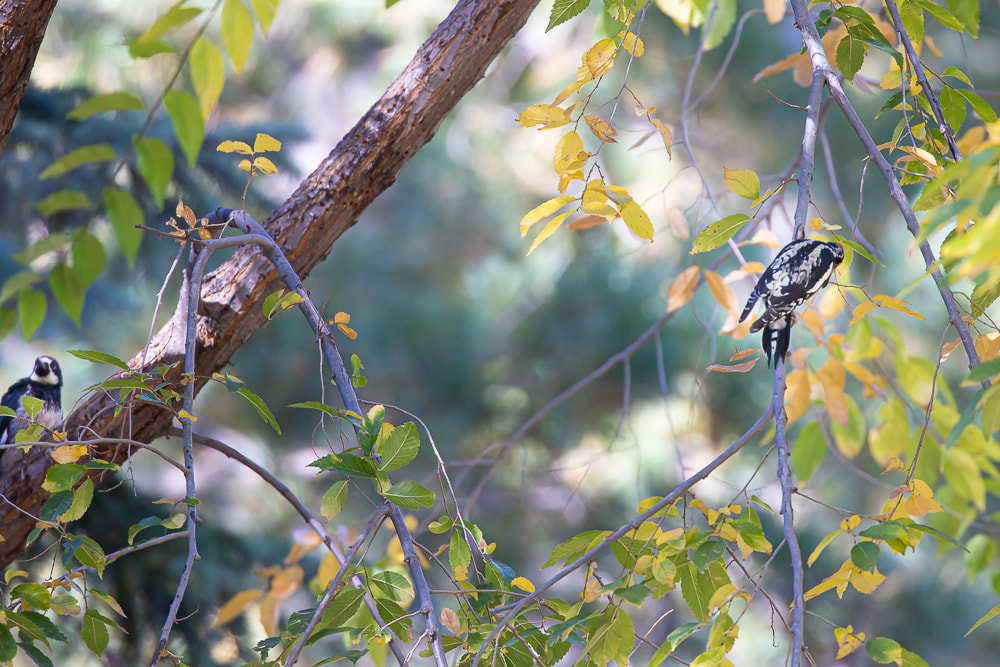
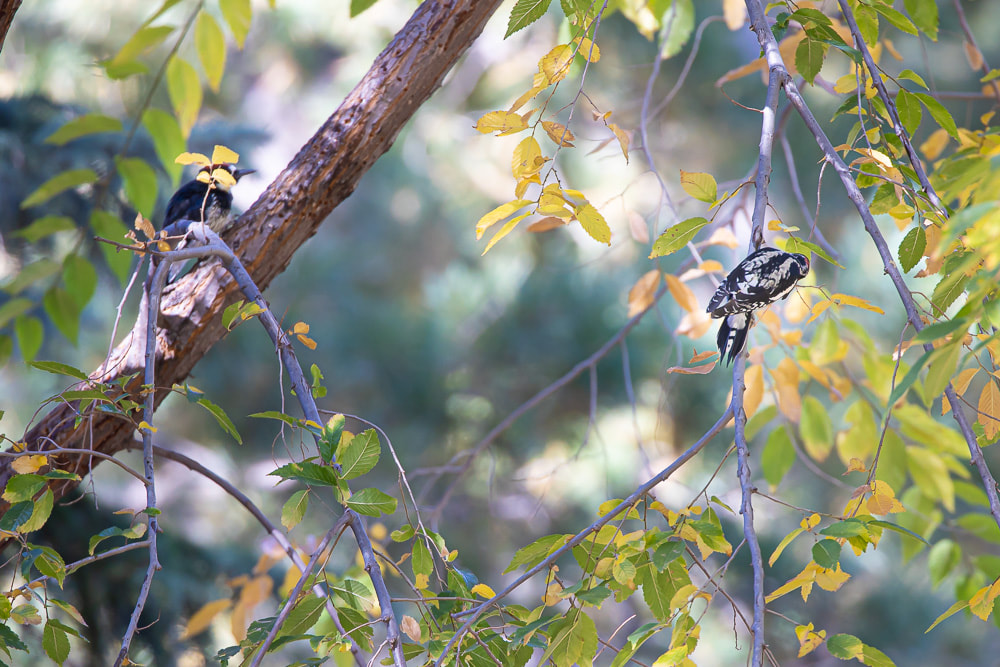
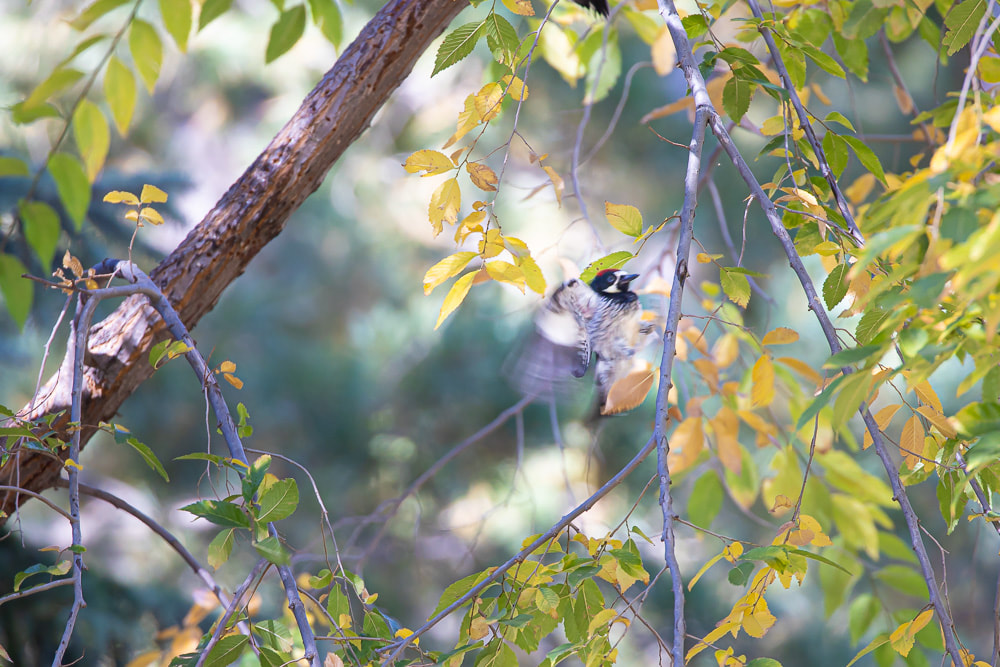
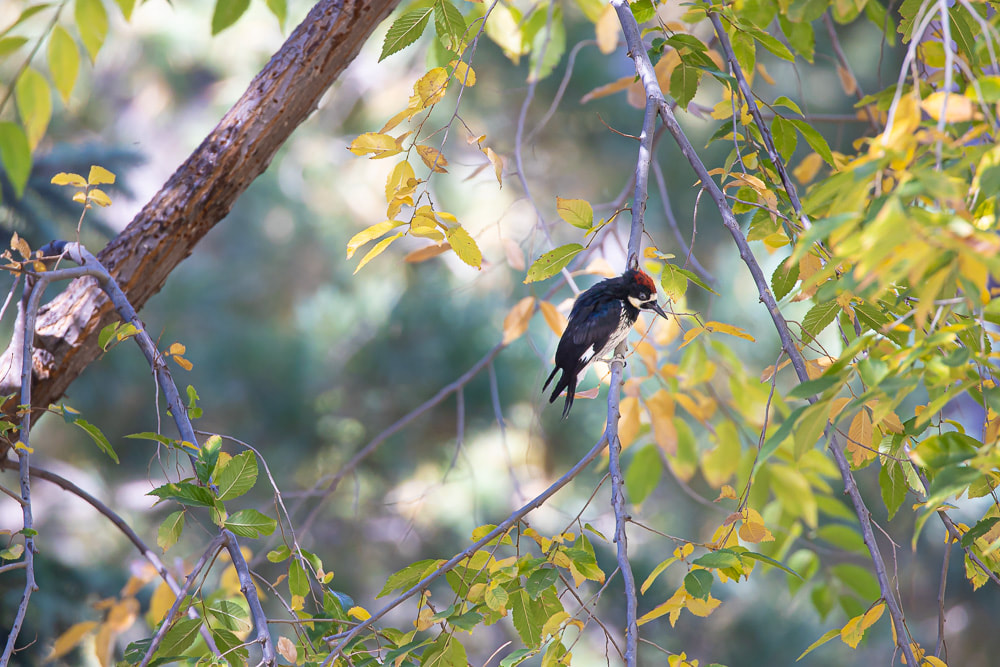
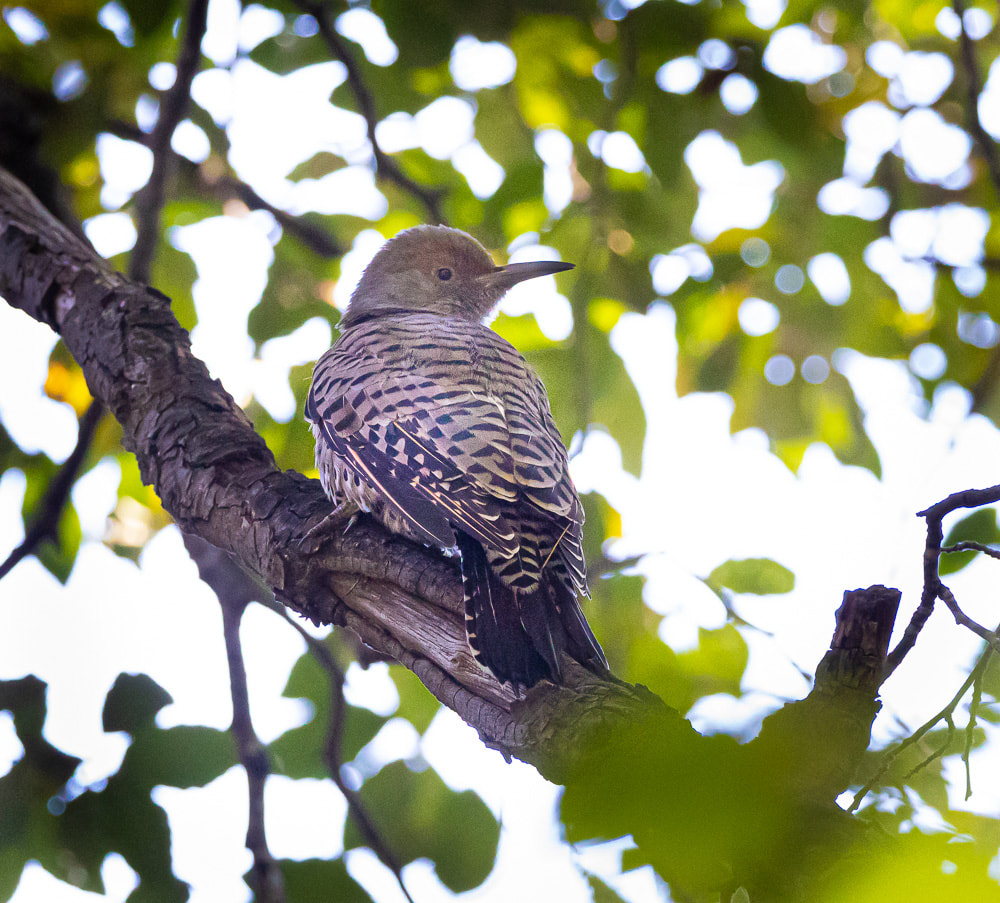
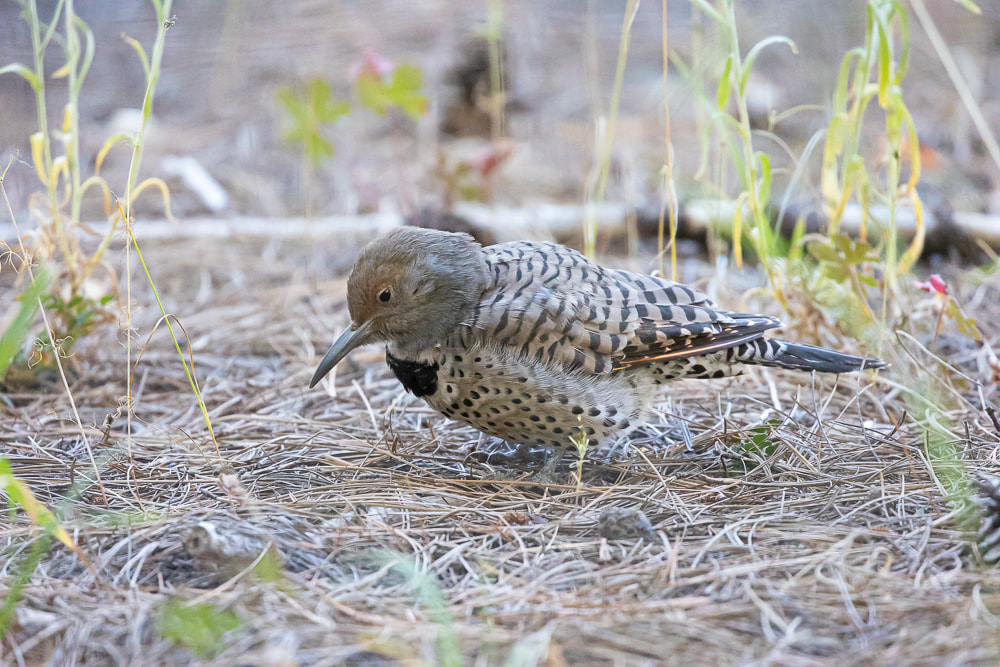
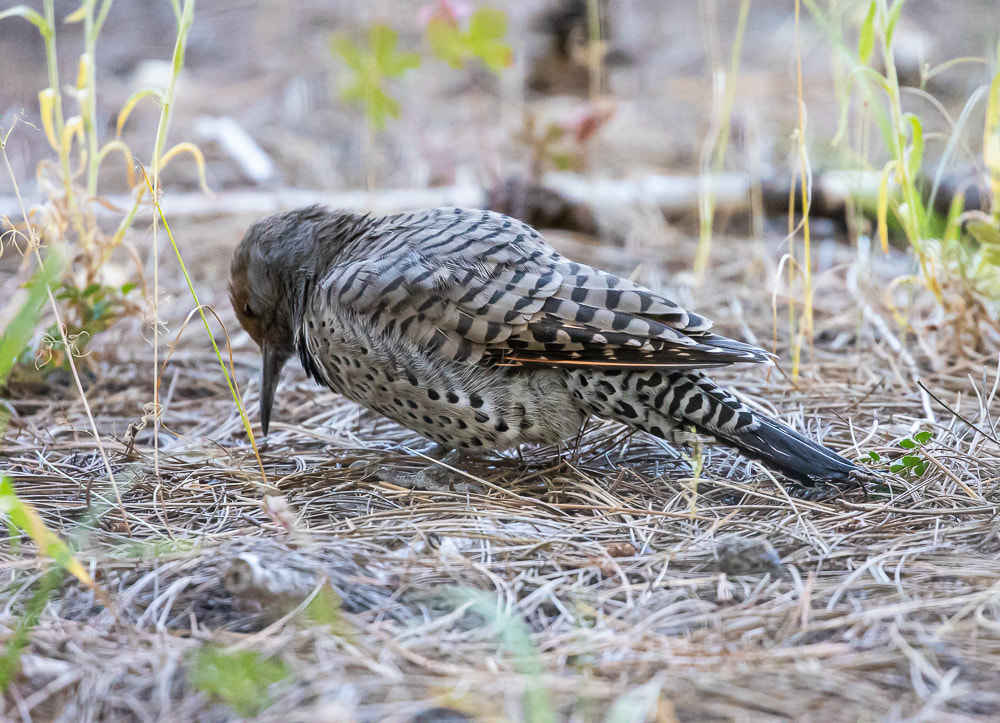
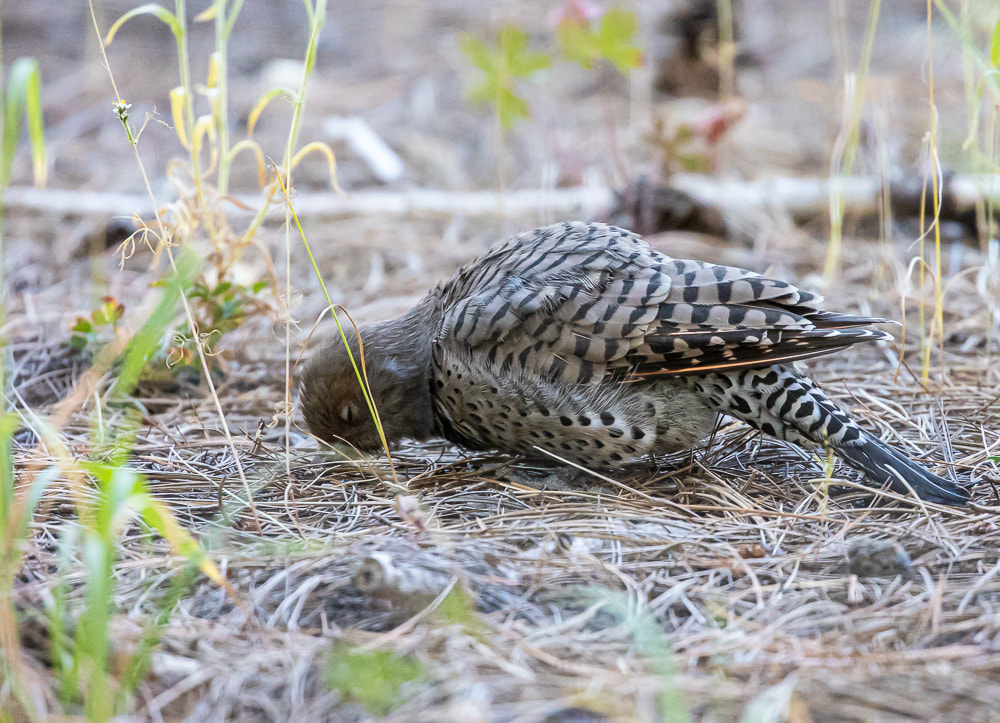
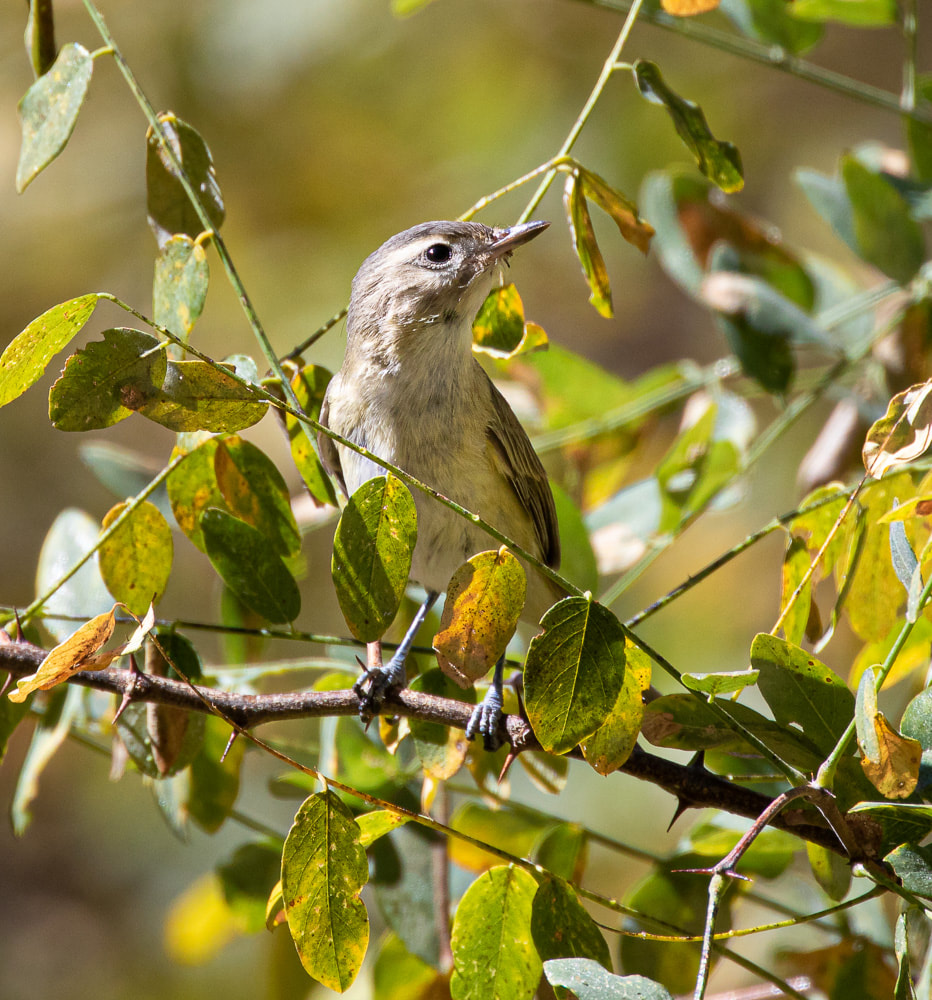
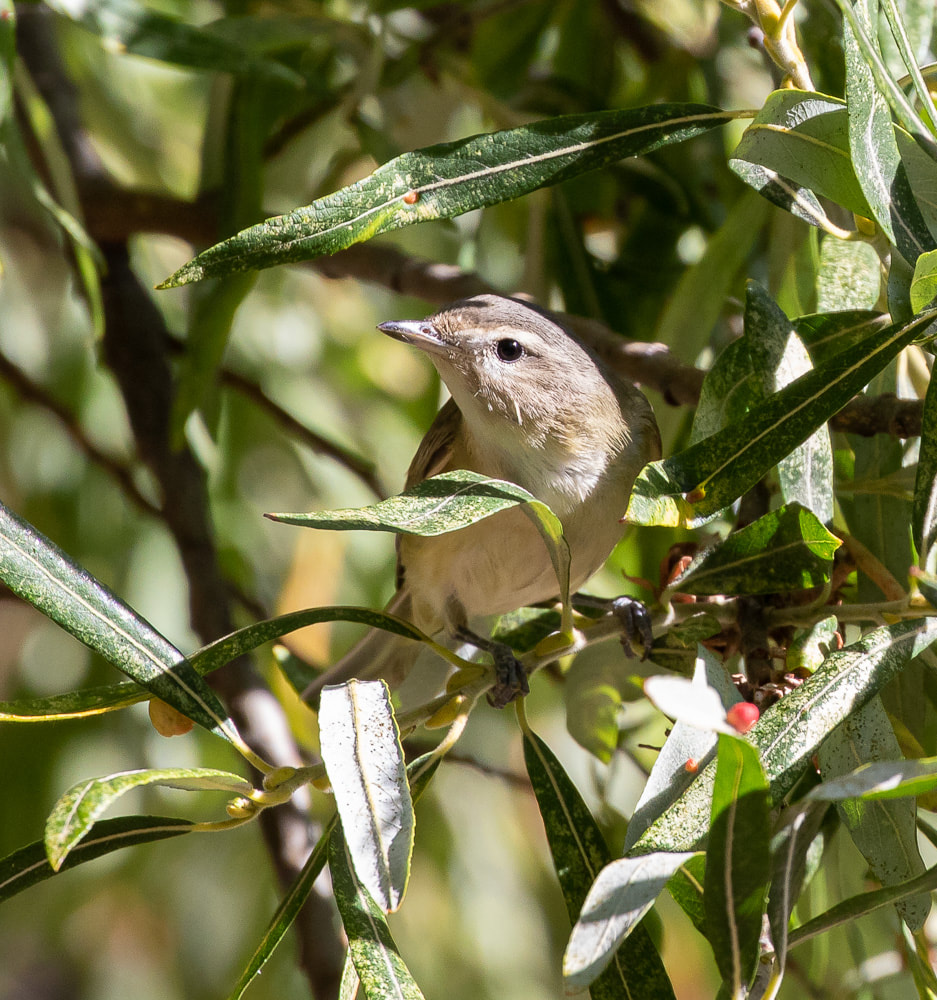
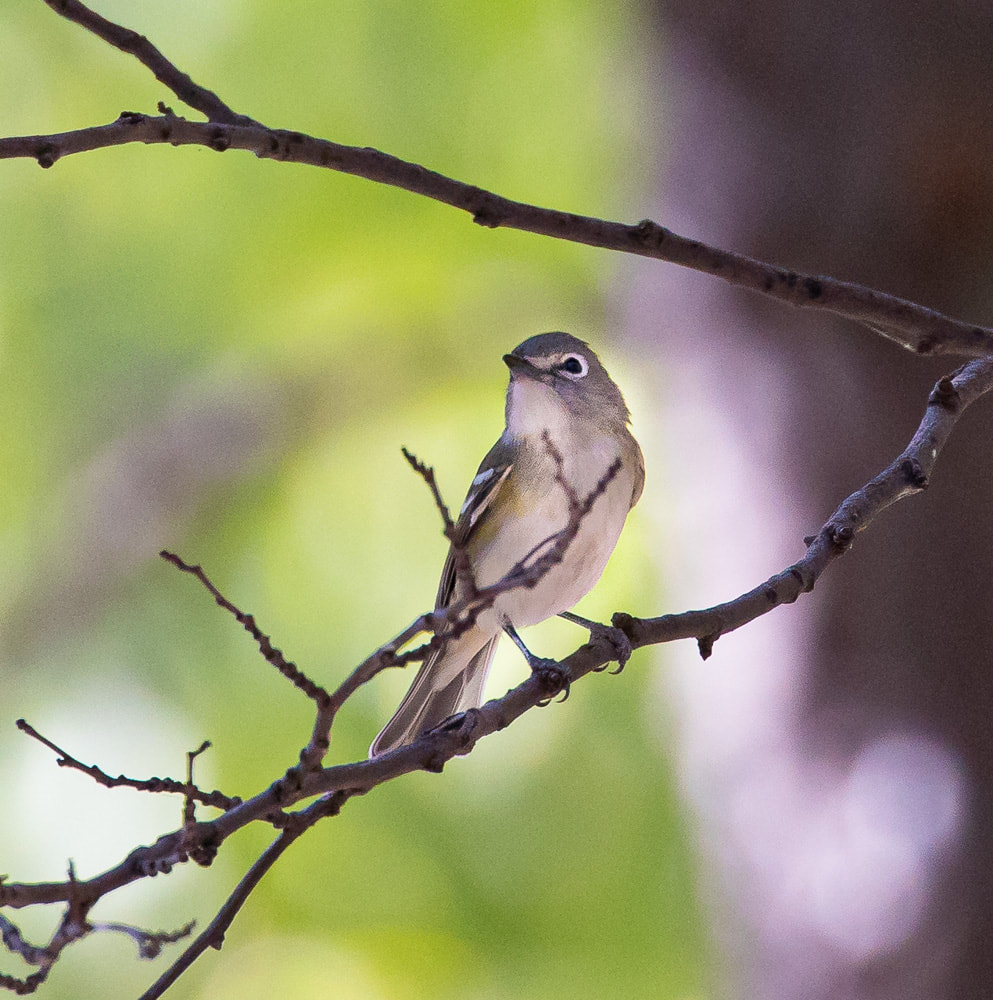
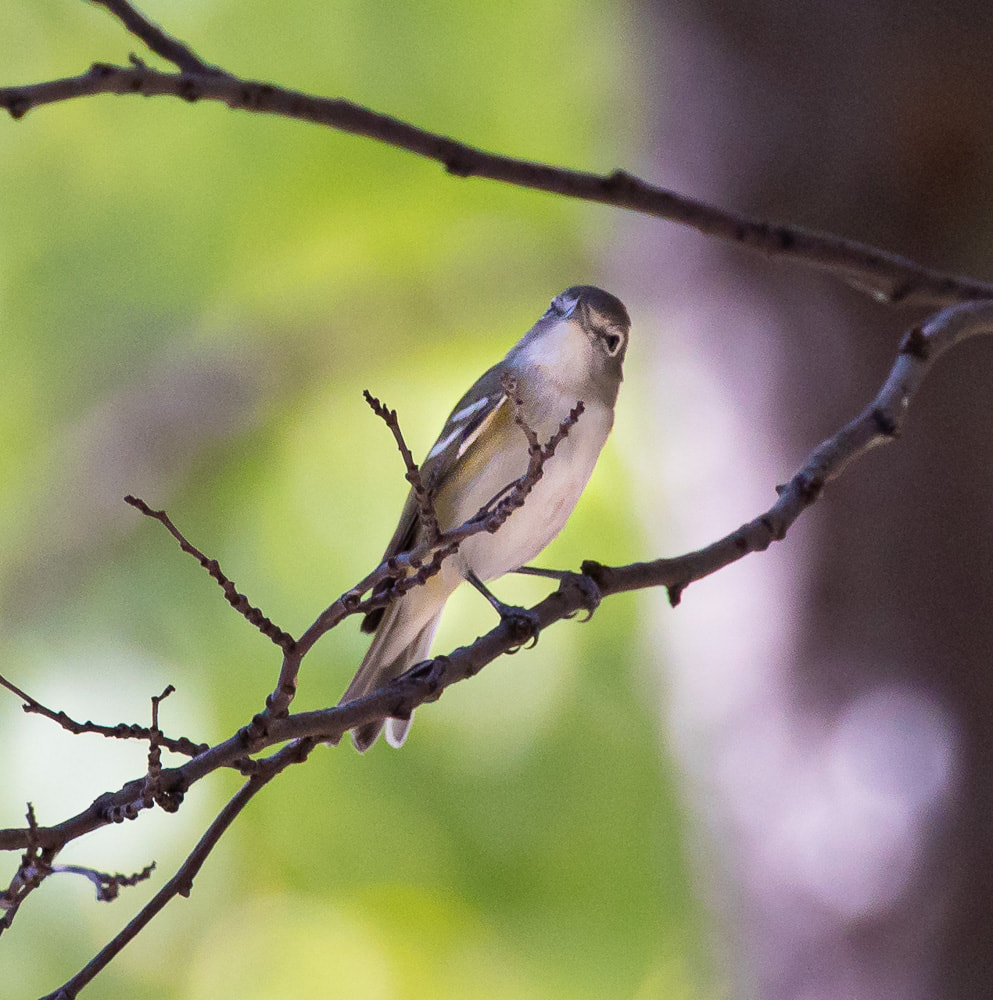
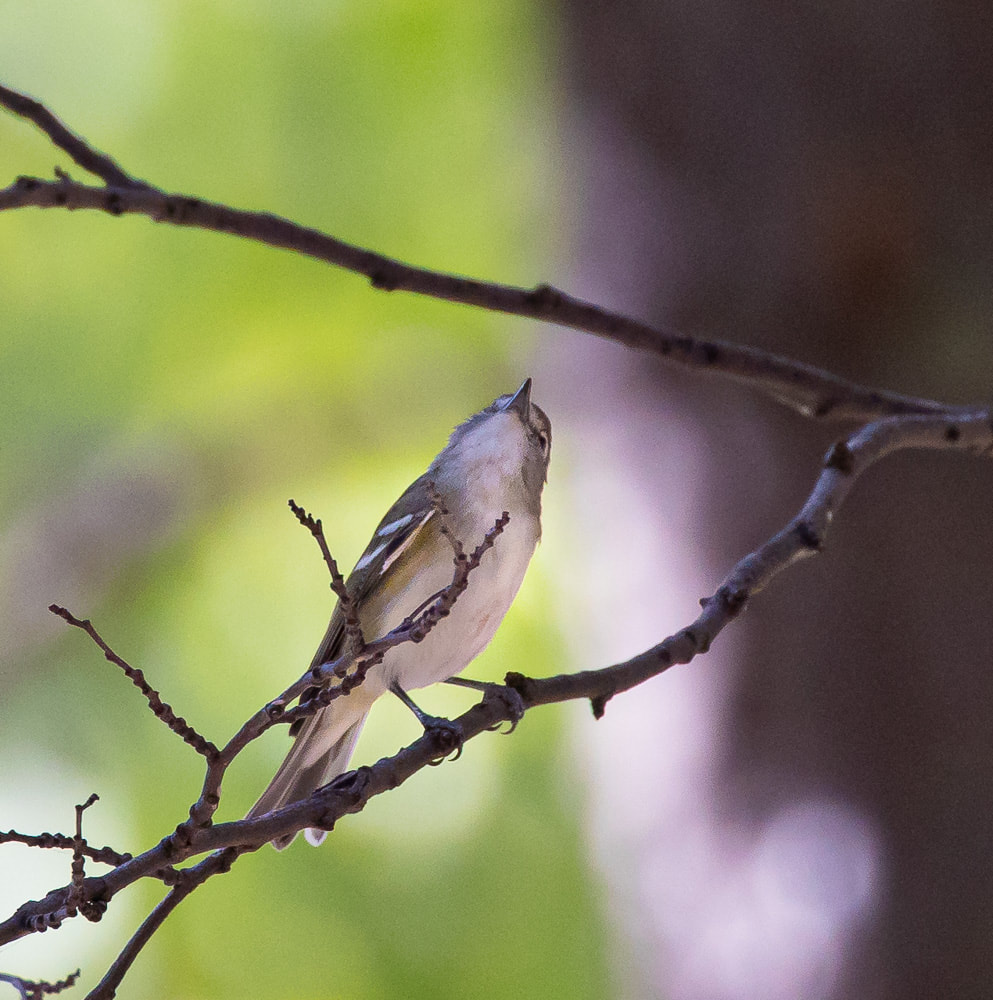
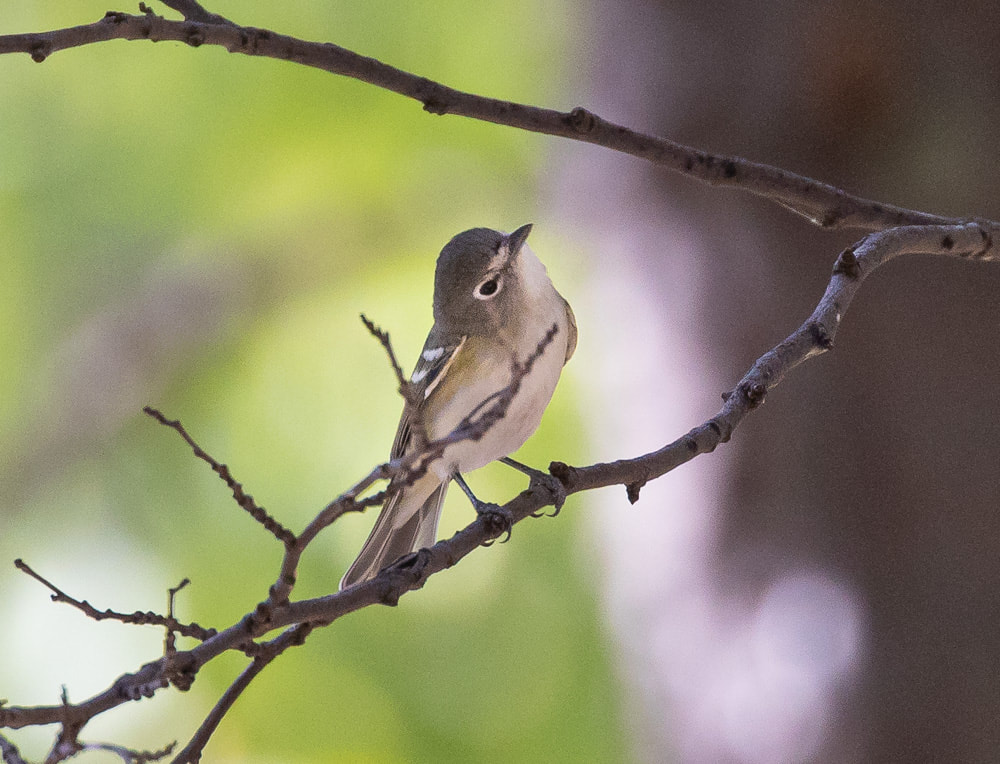
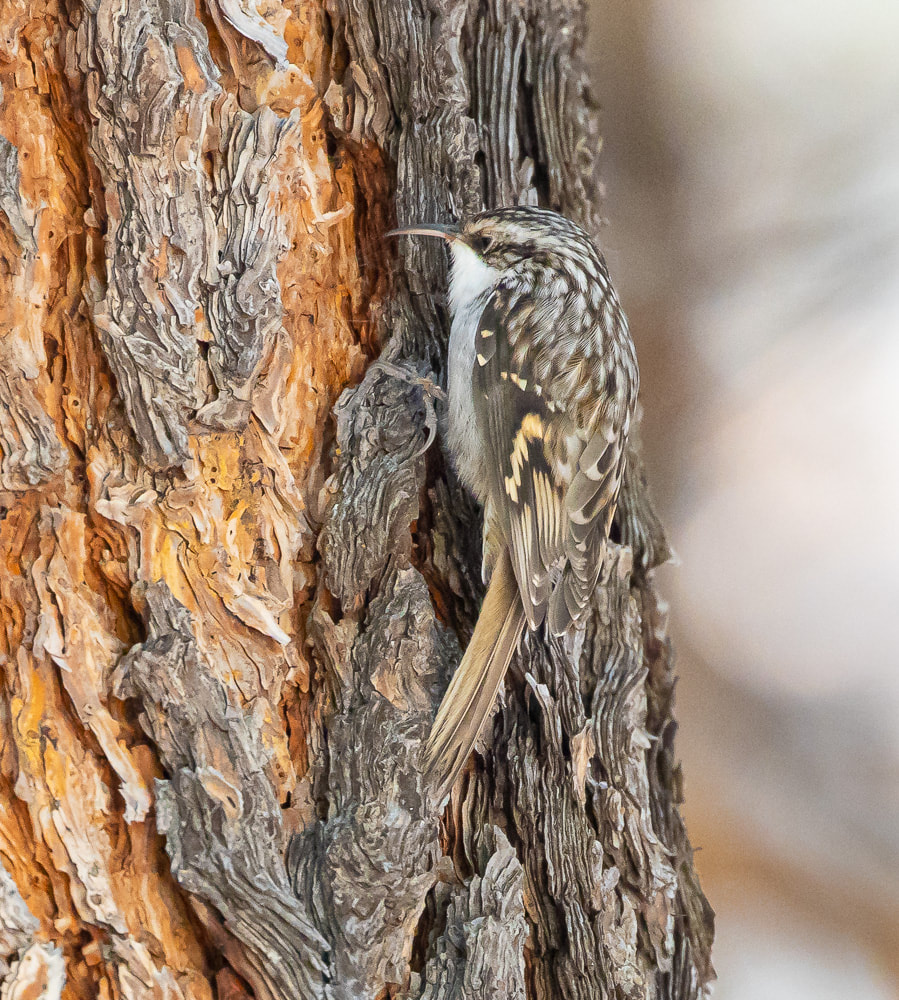
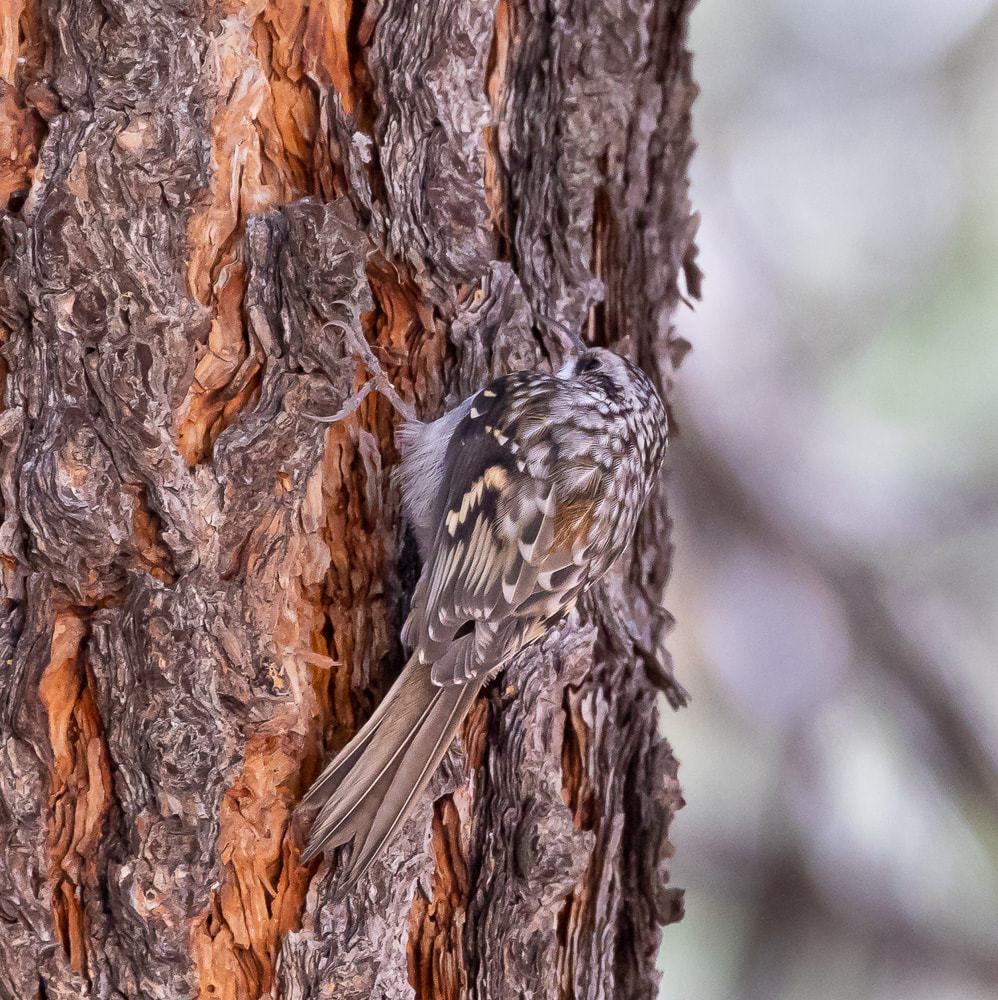
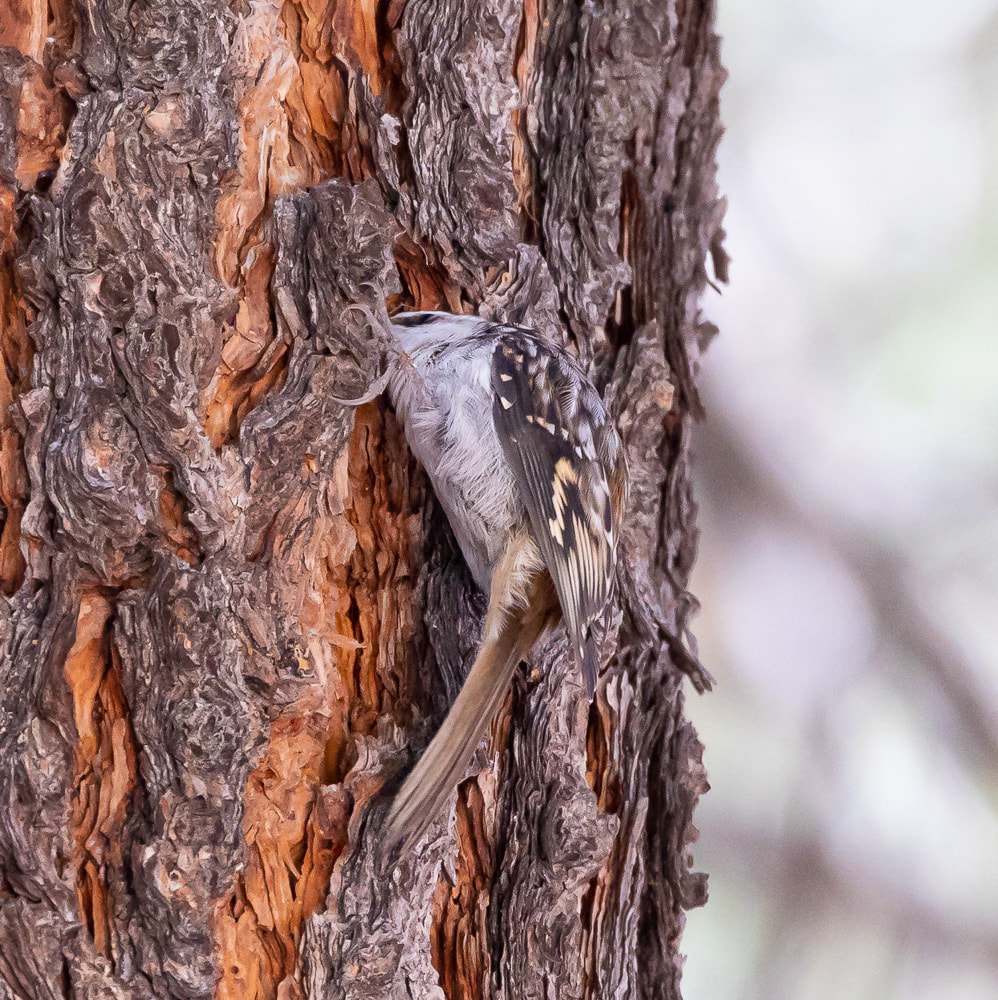
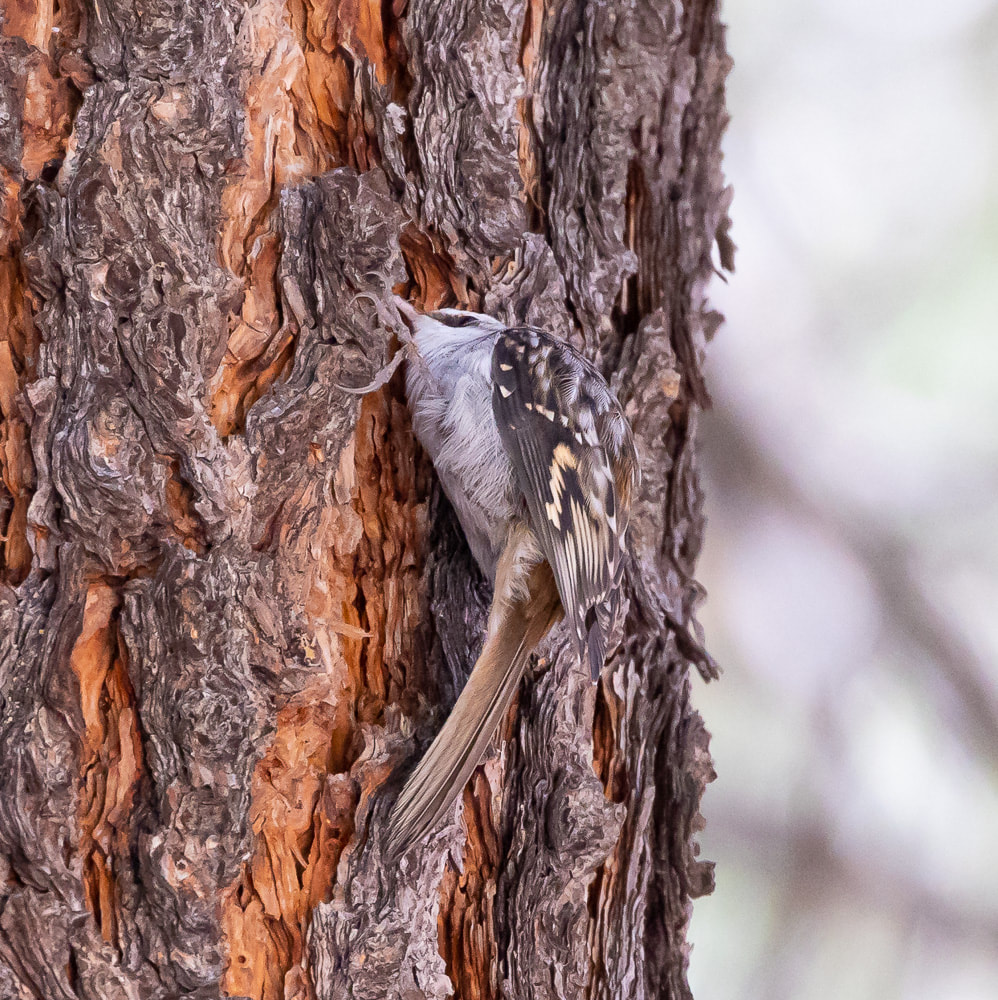
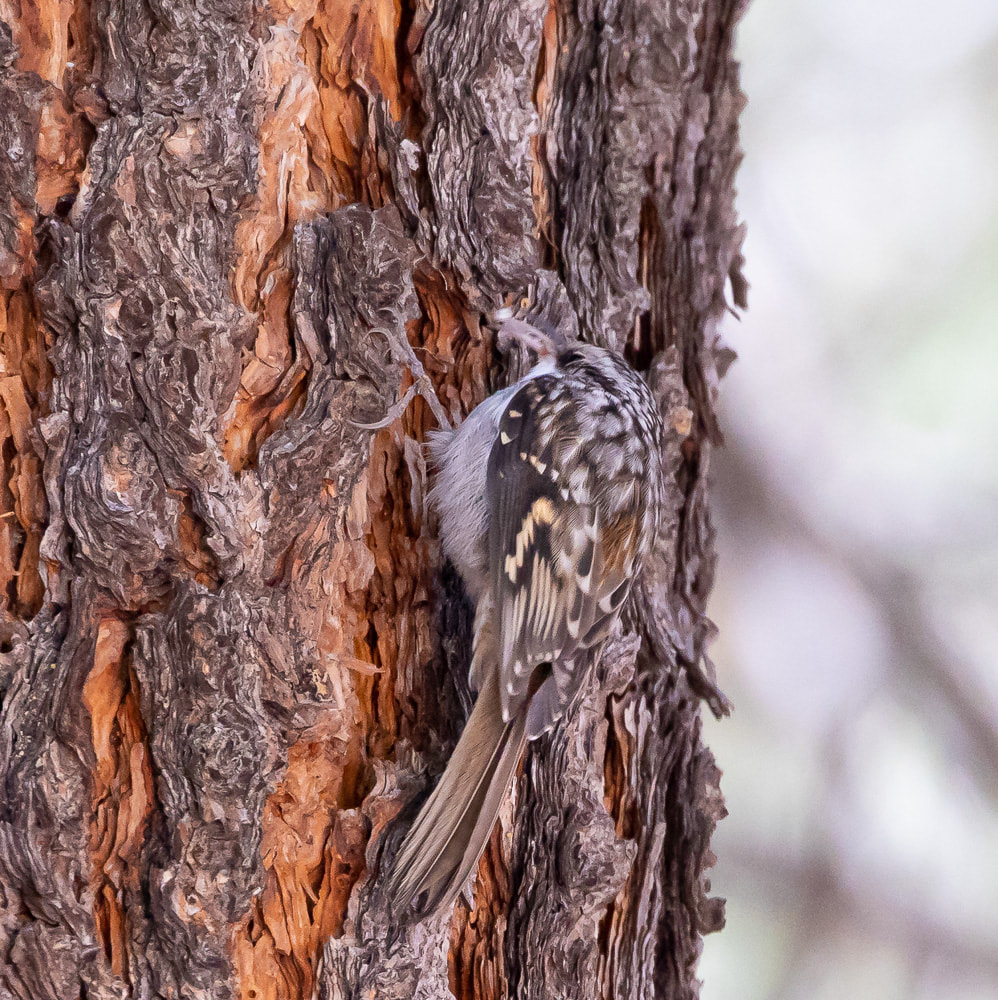
 RSS Feed
RSS Feed